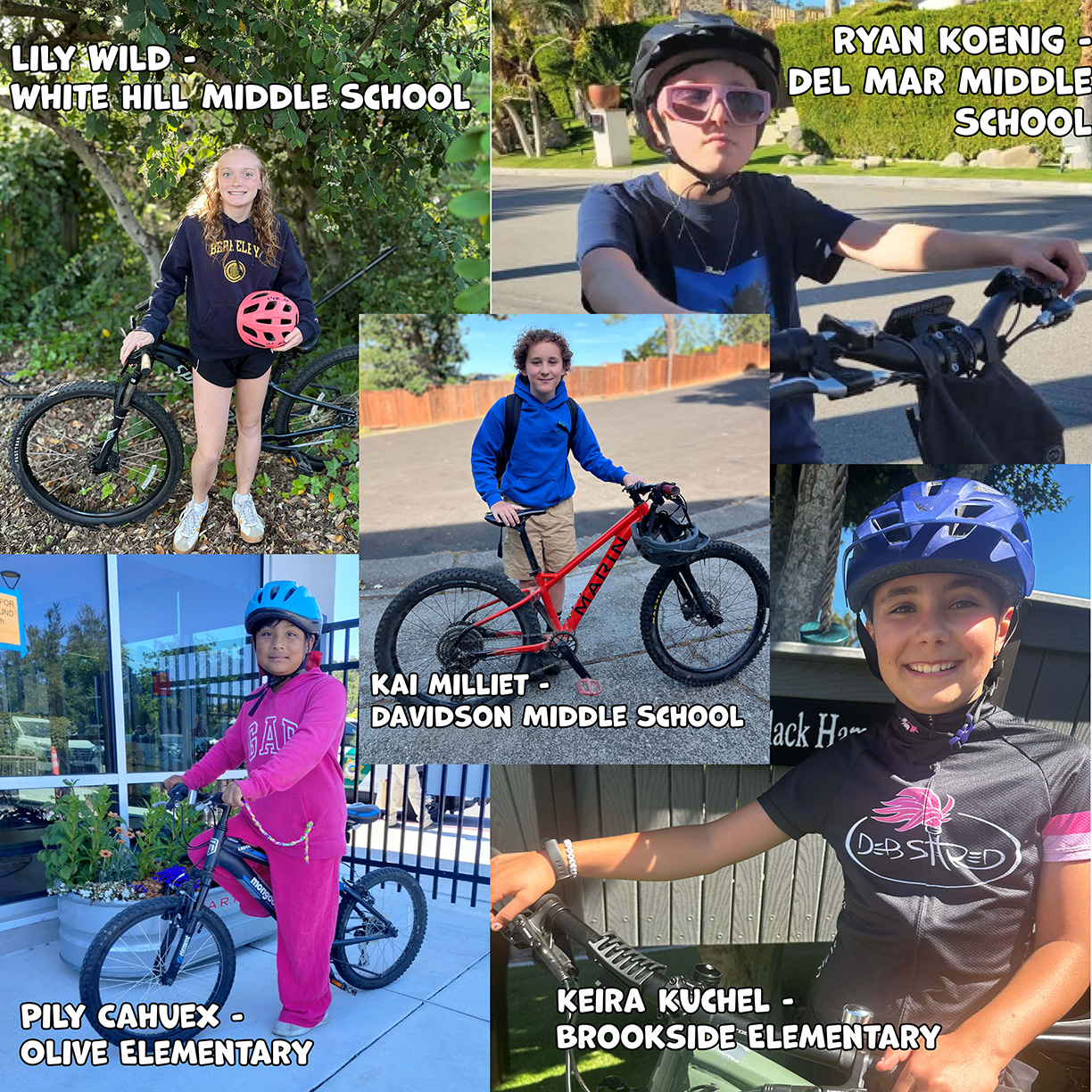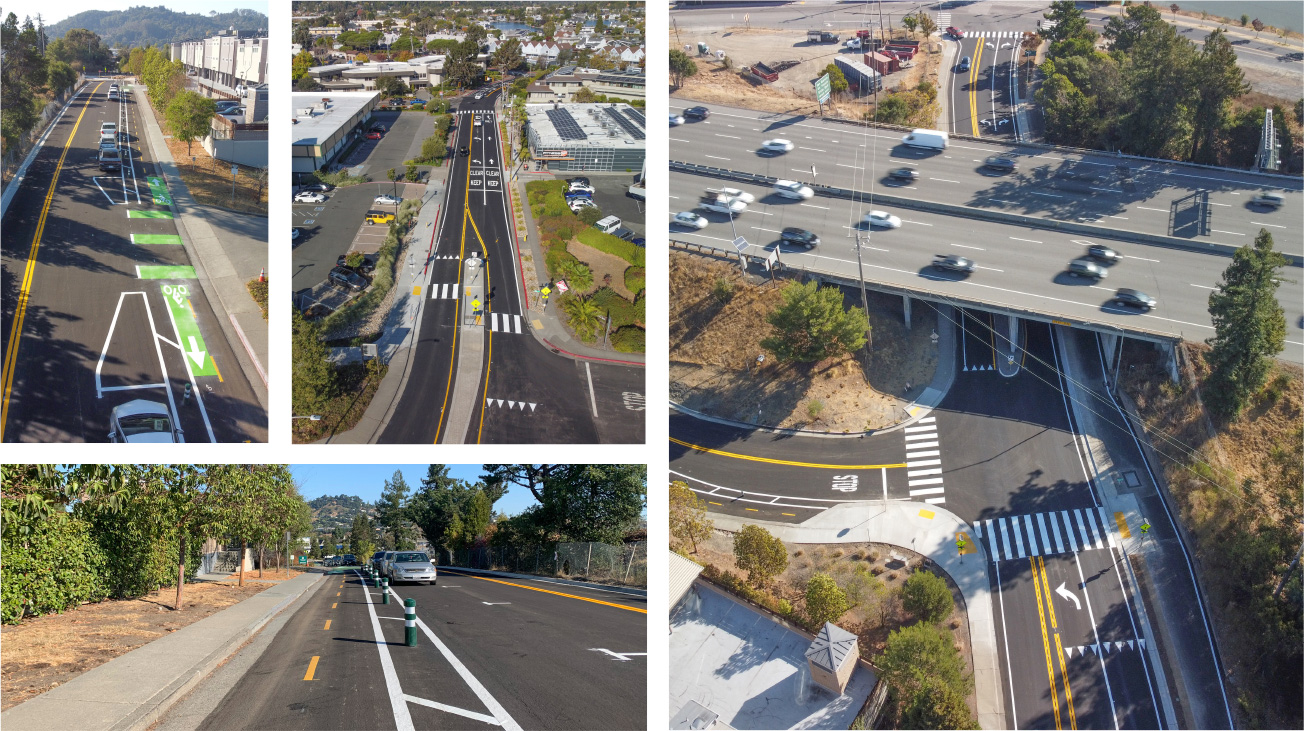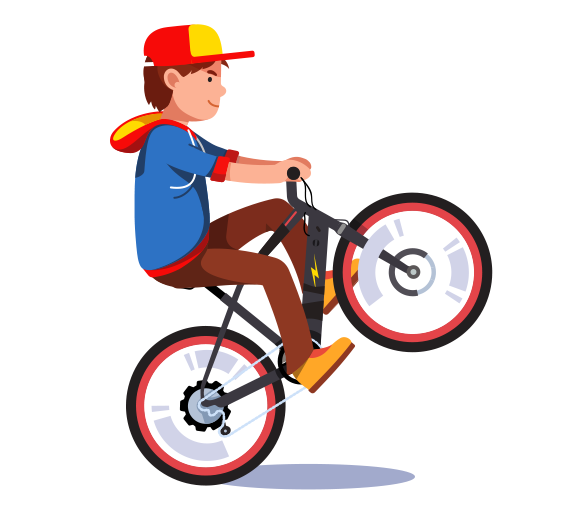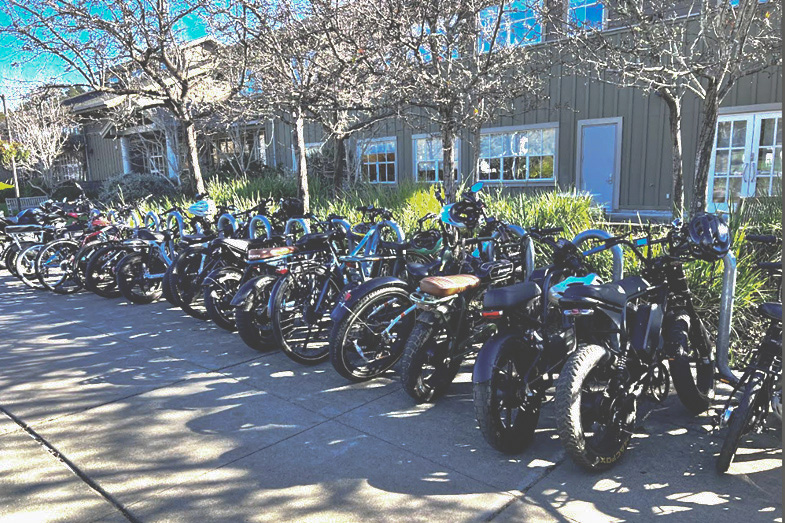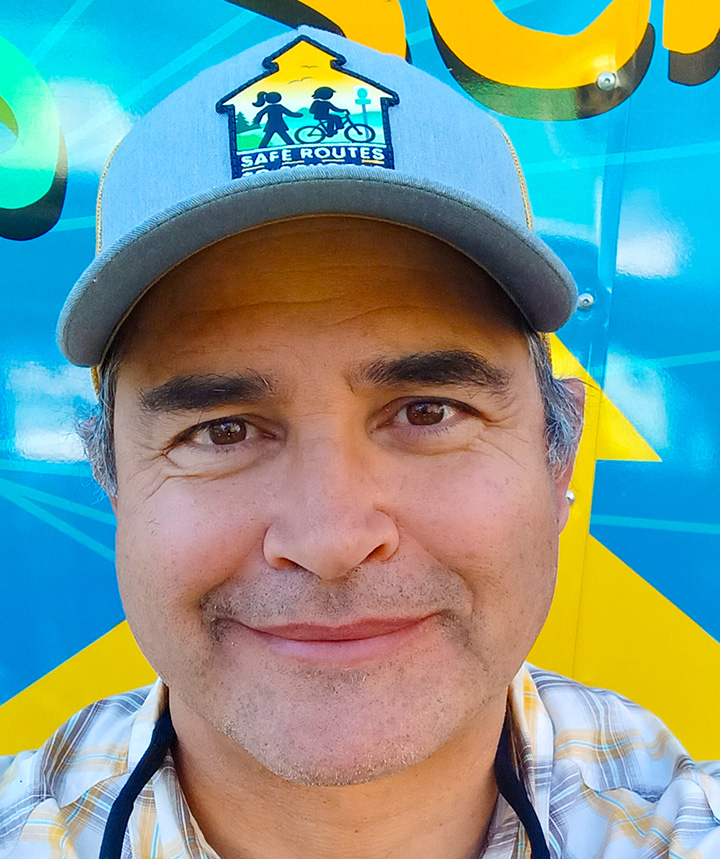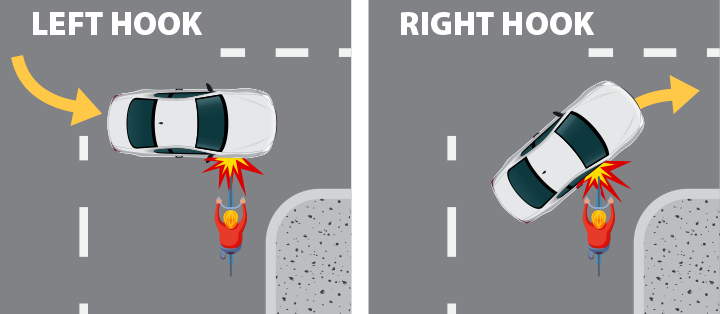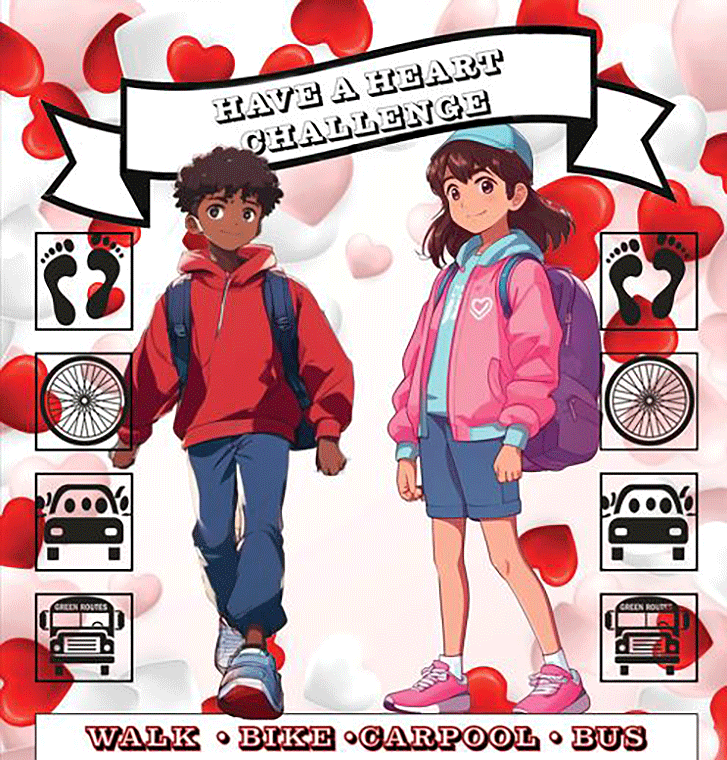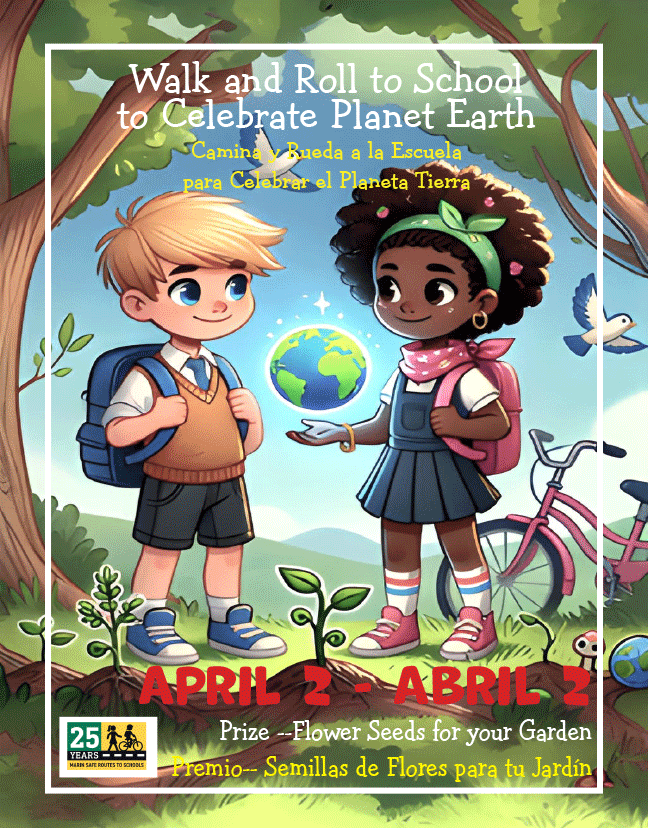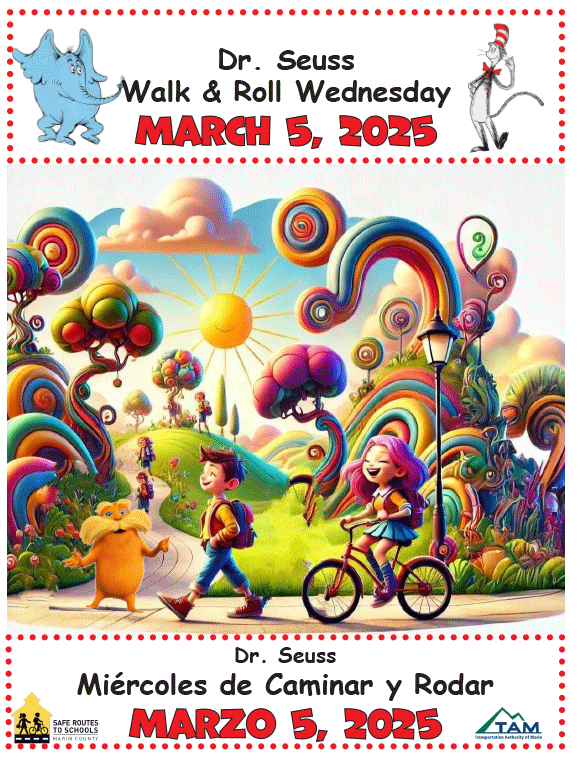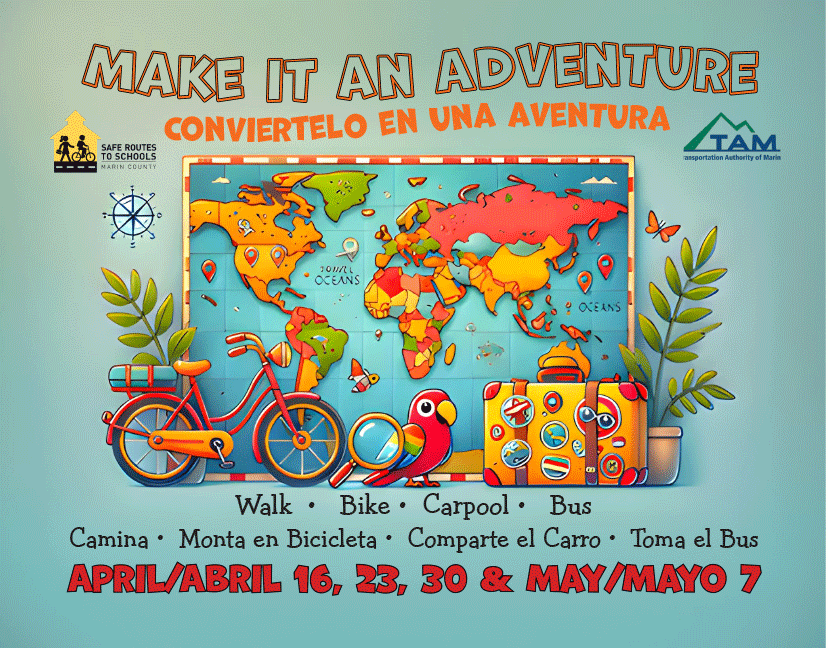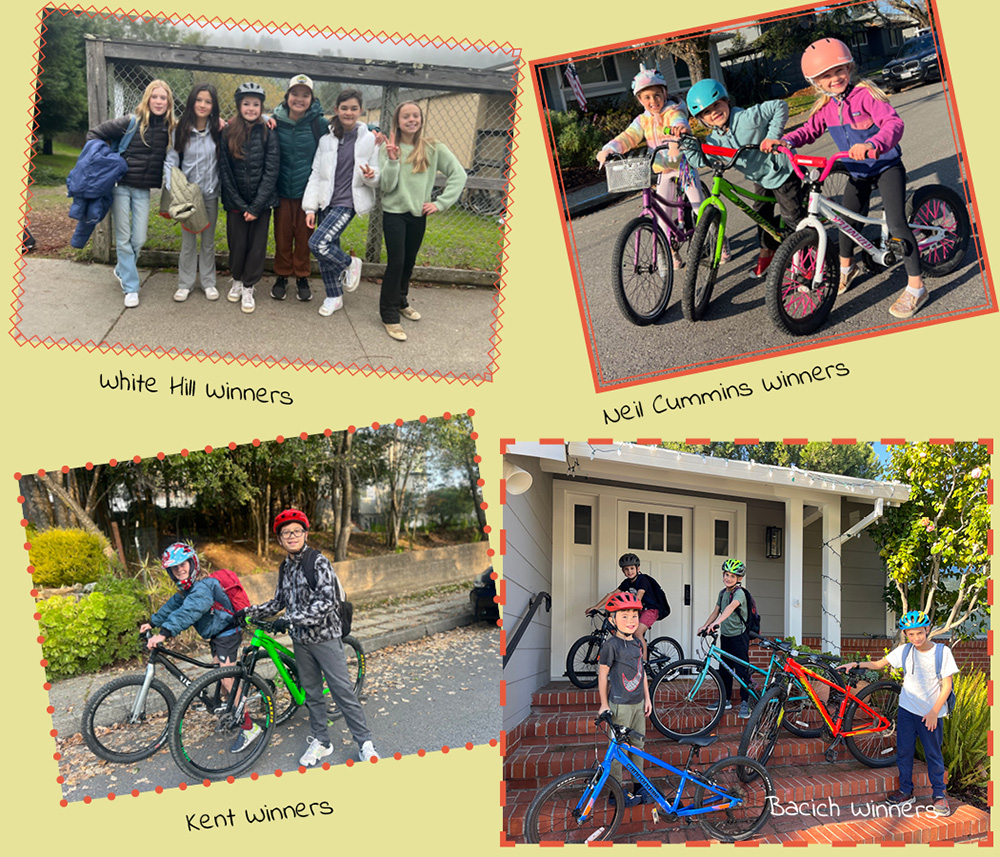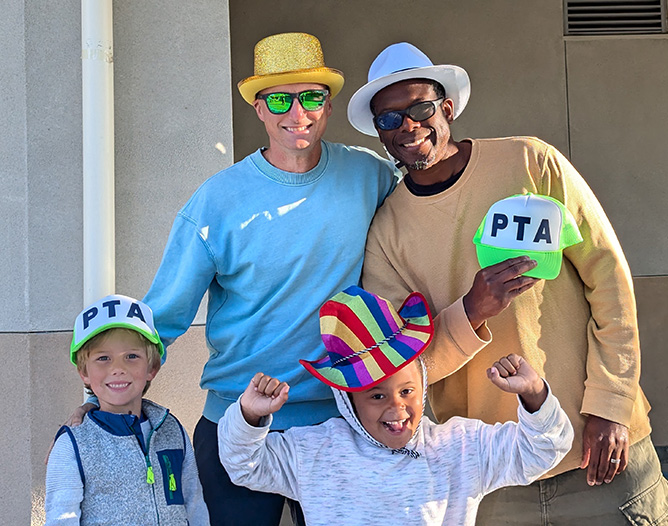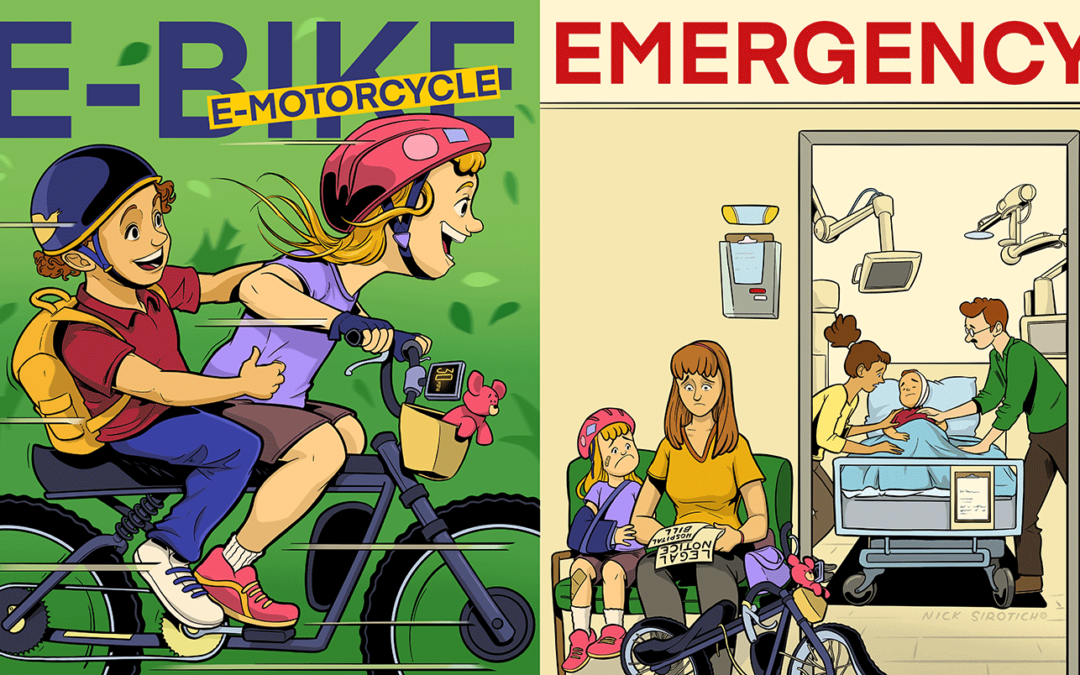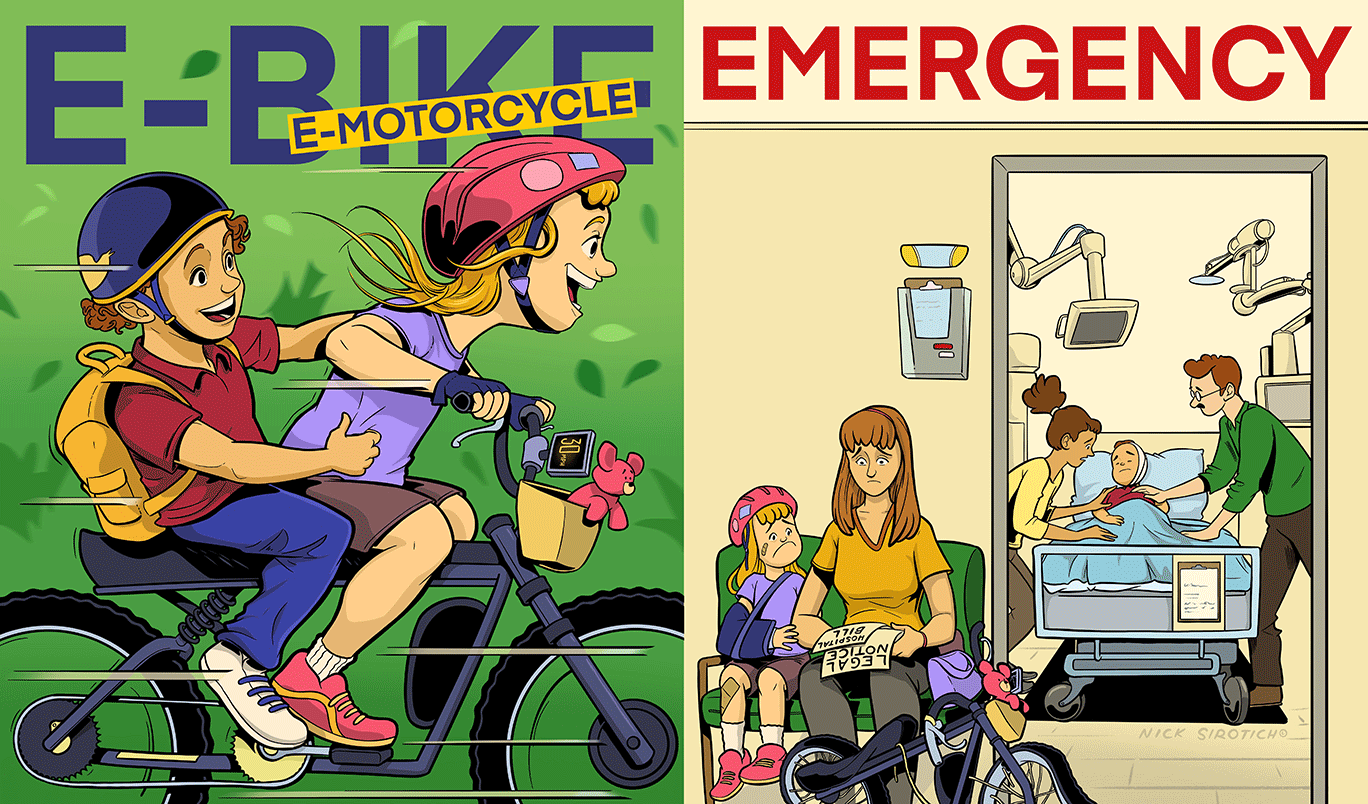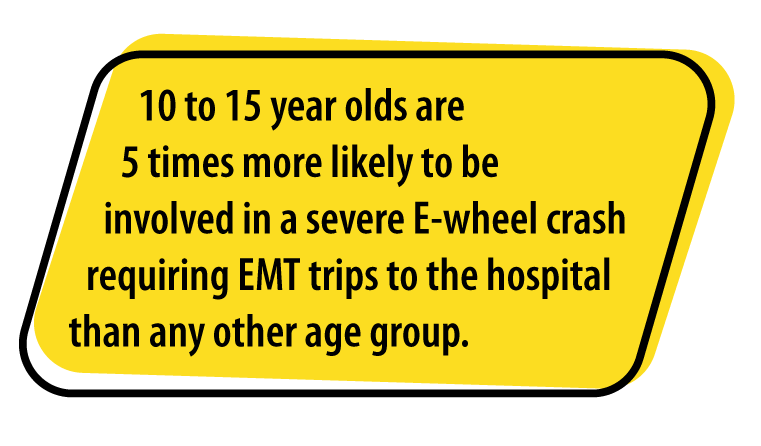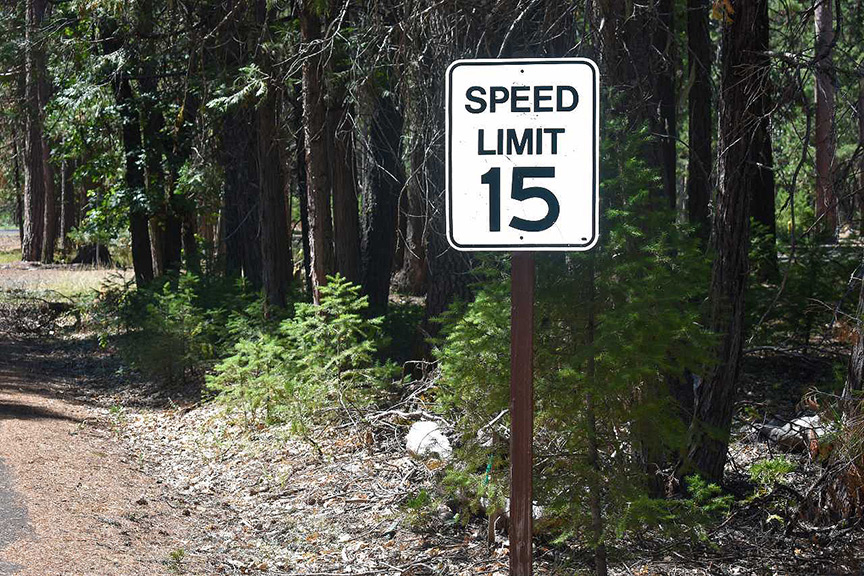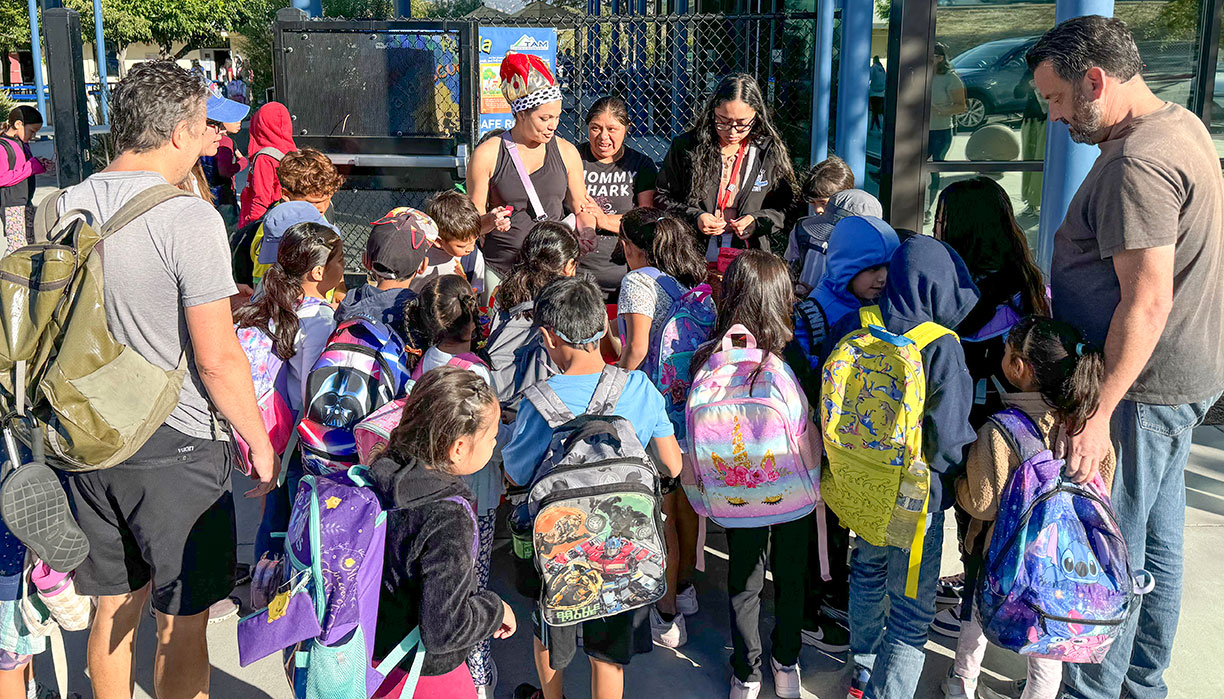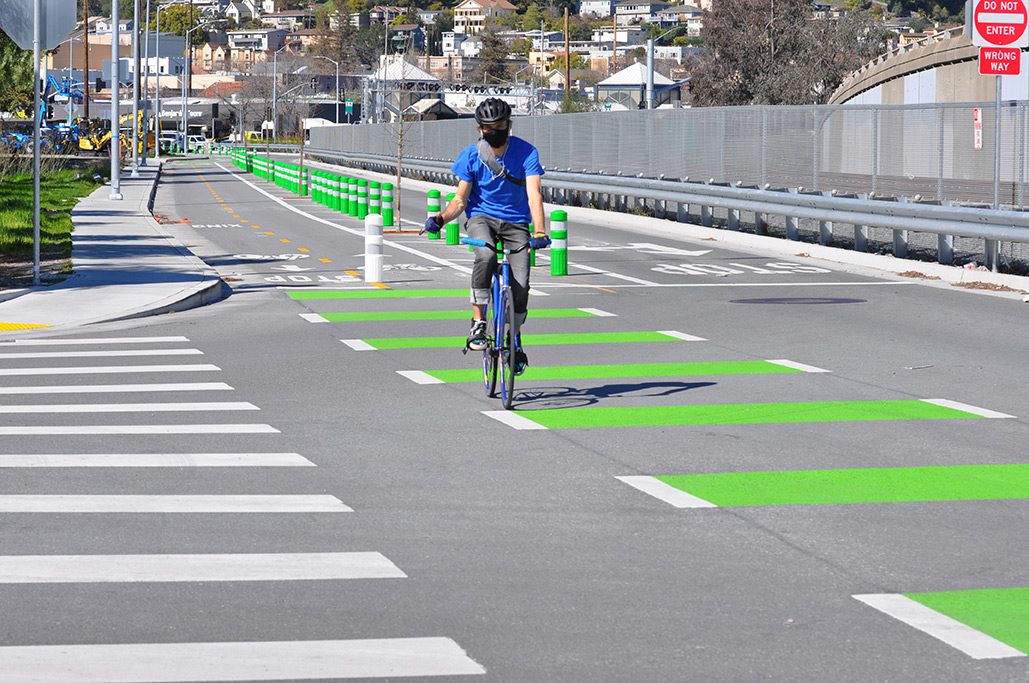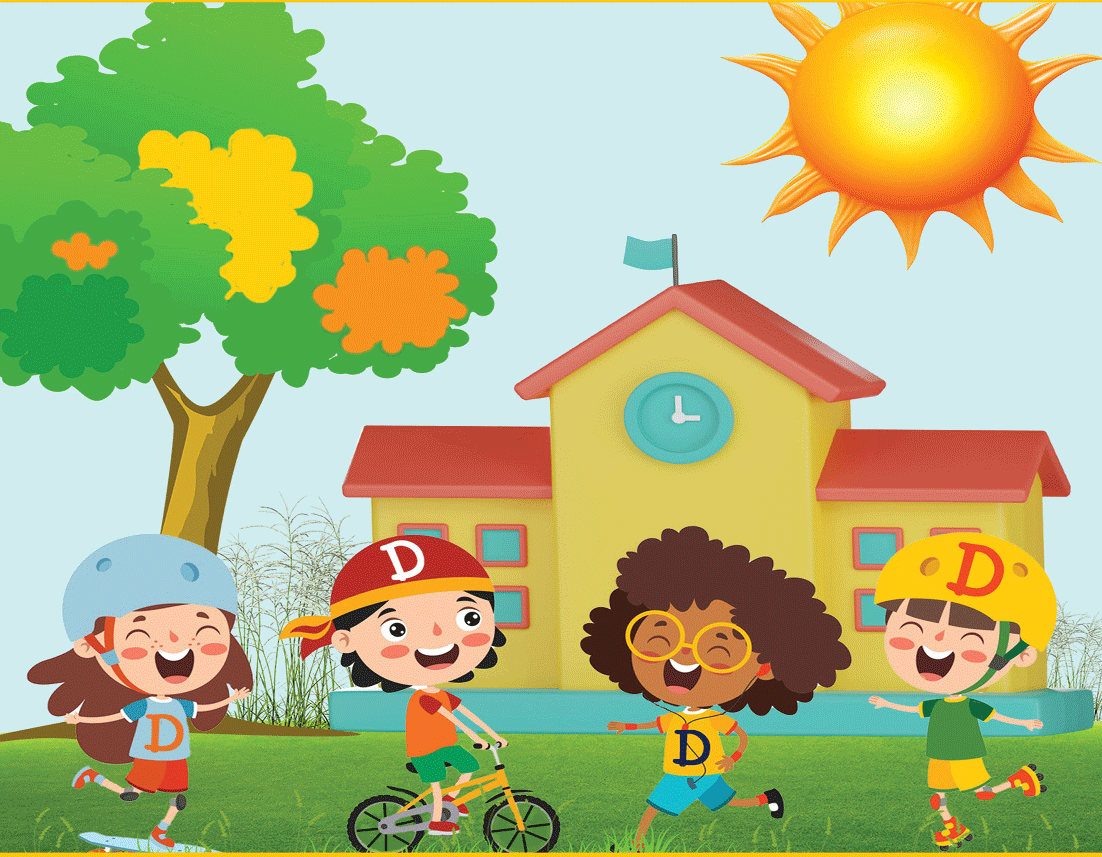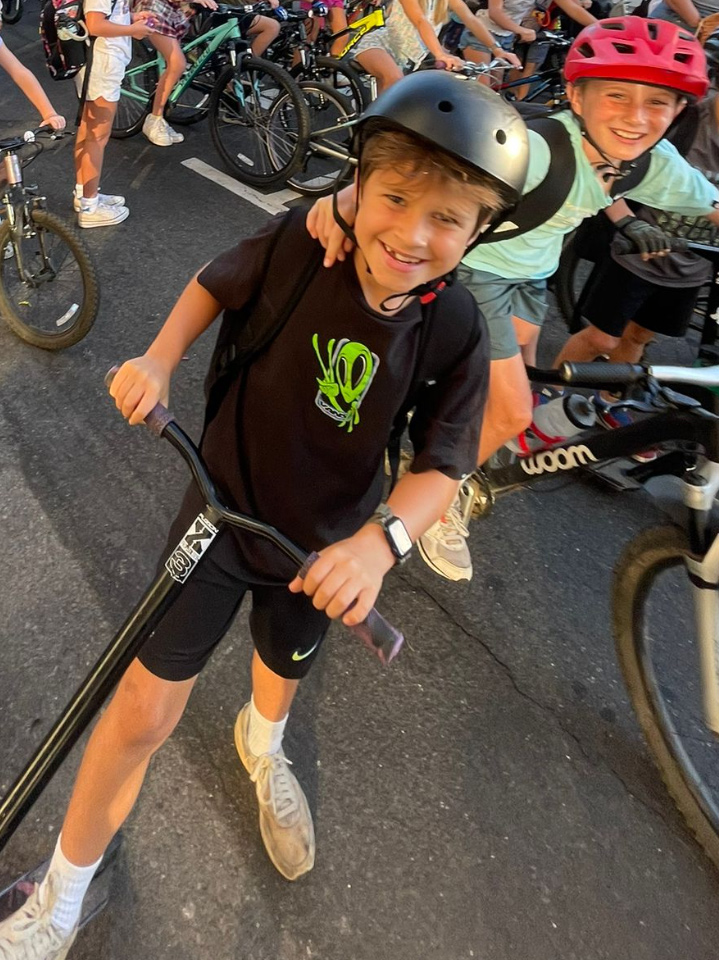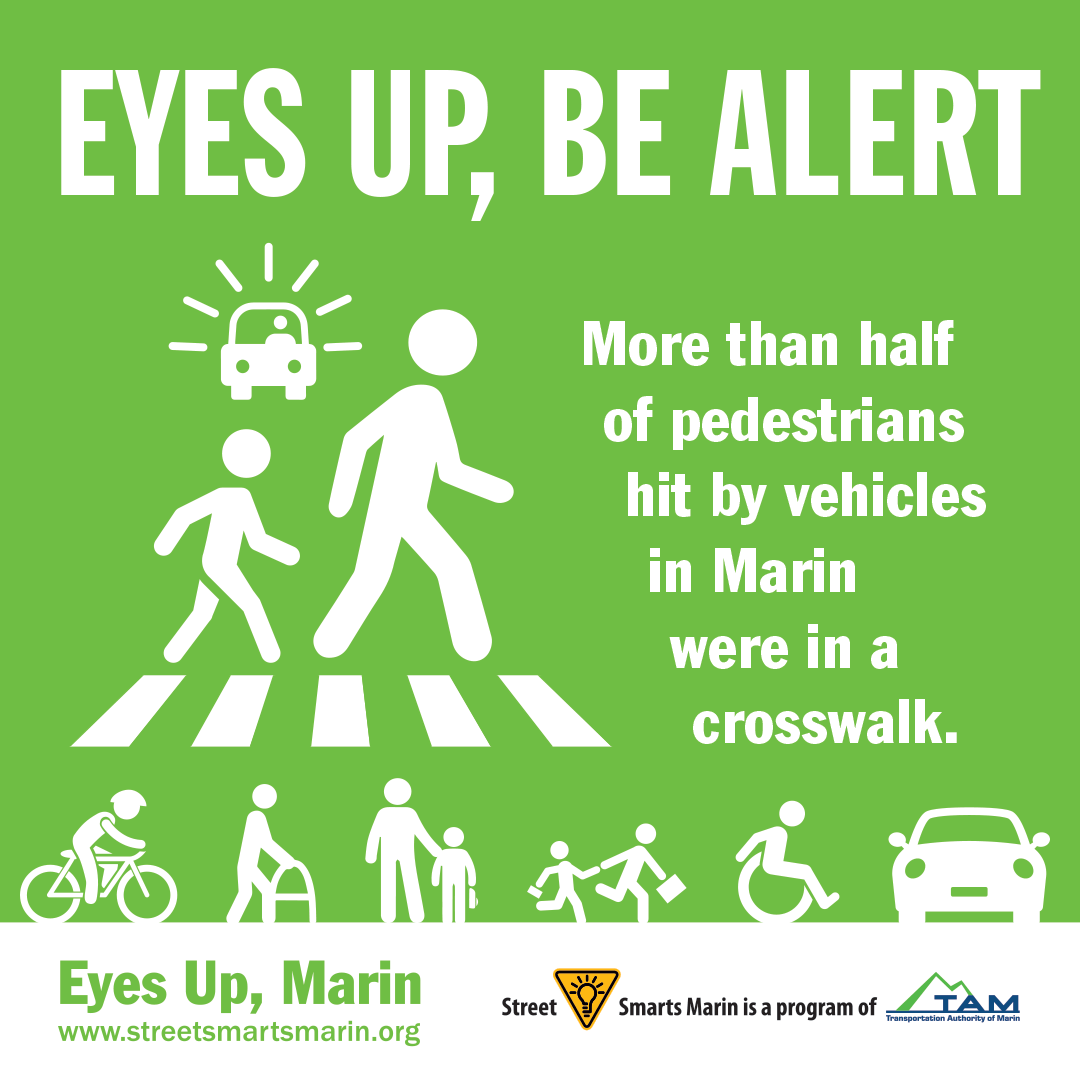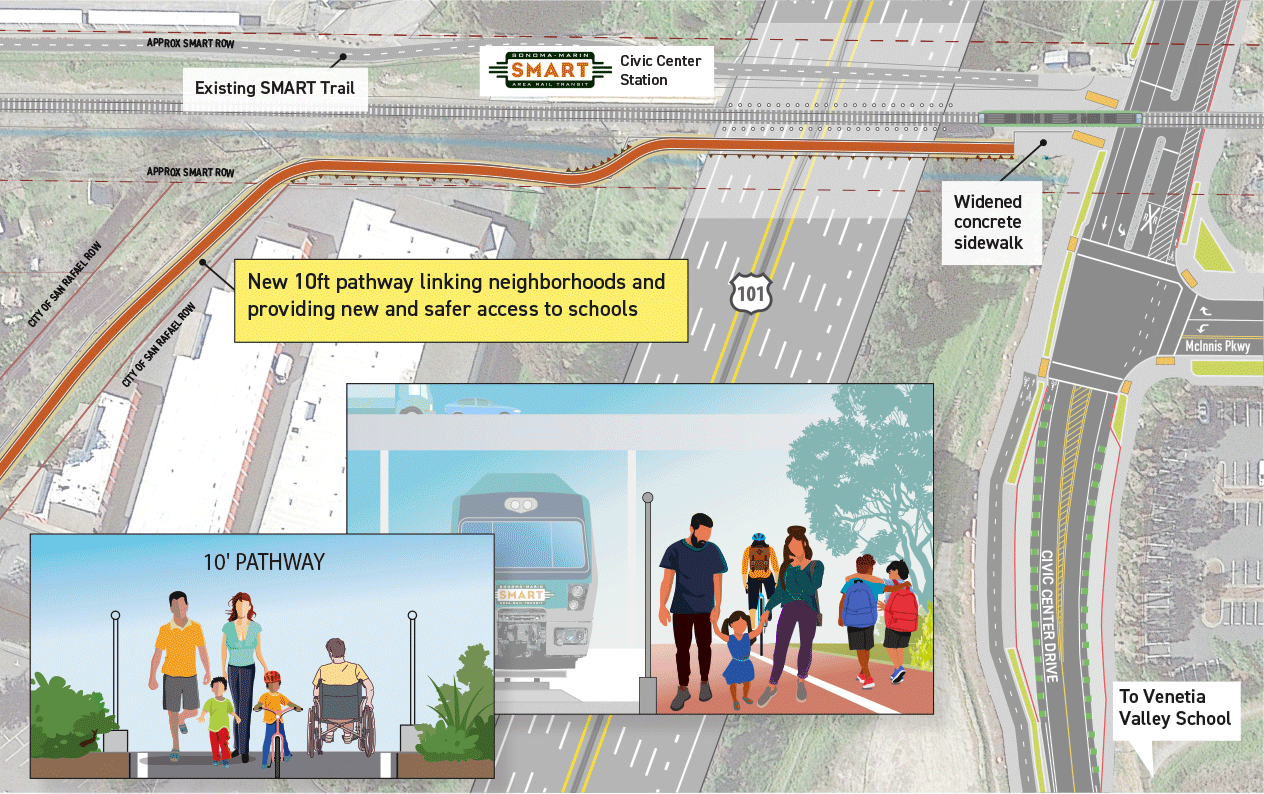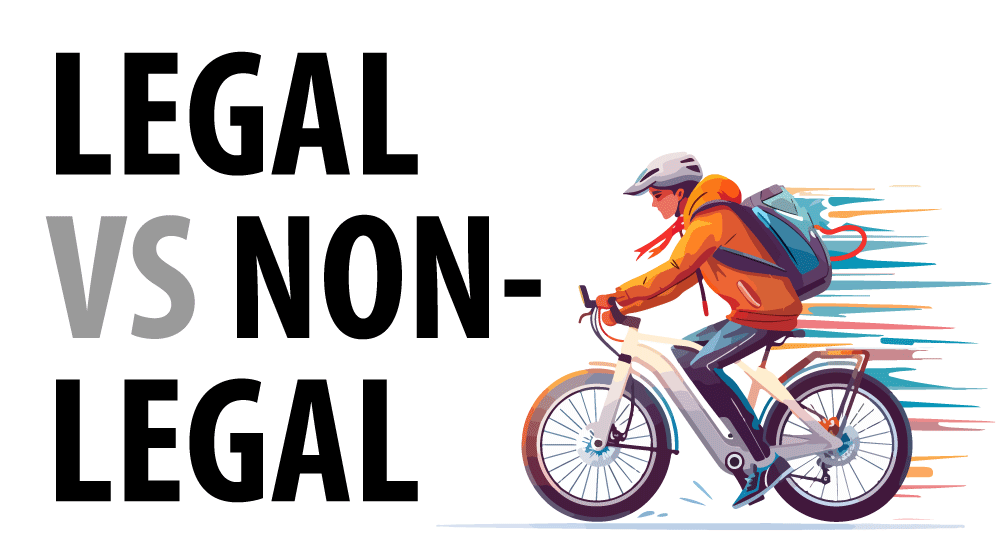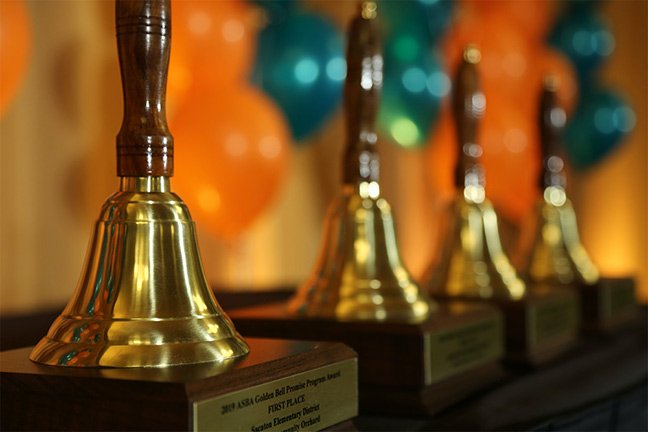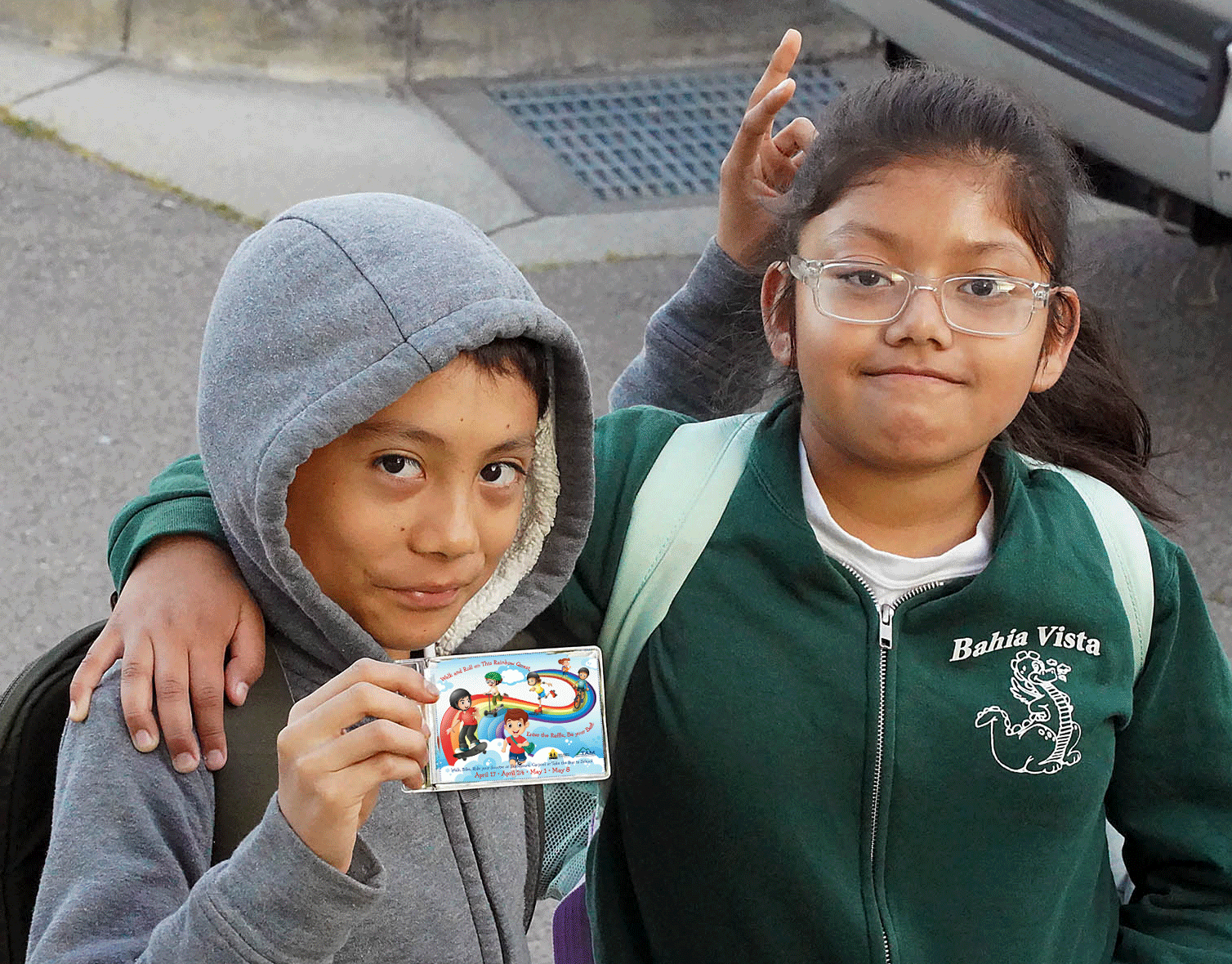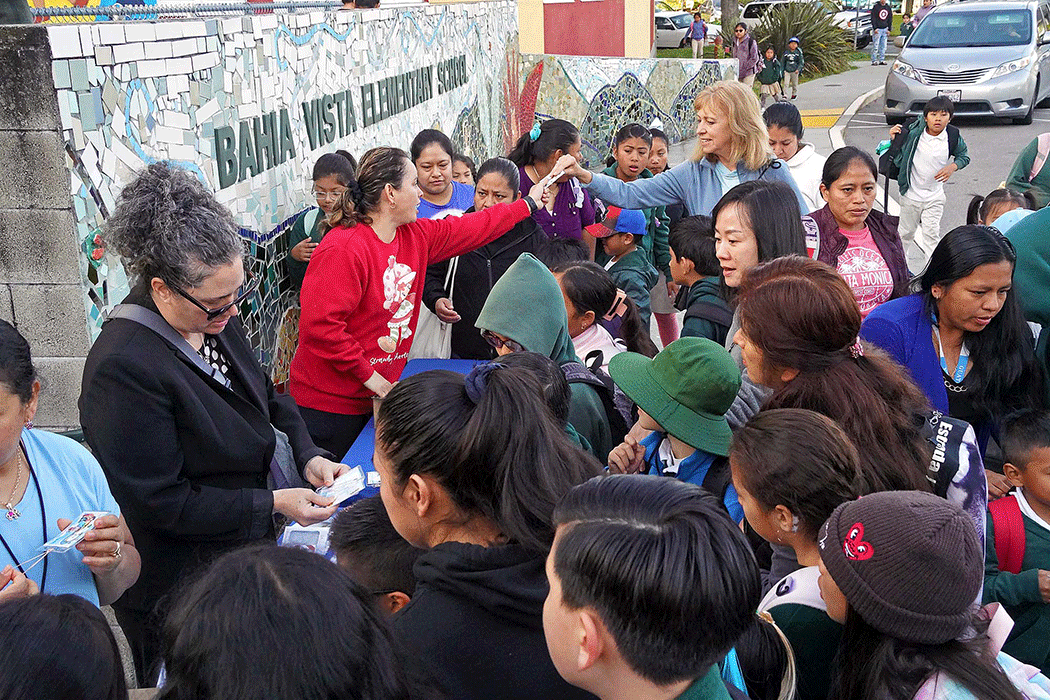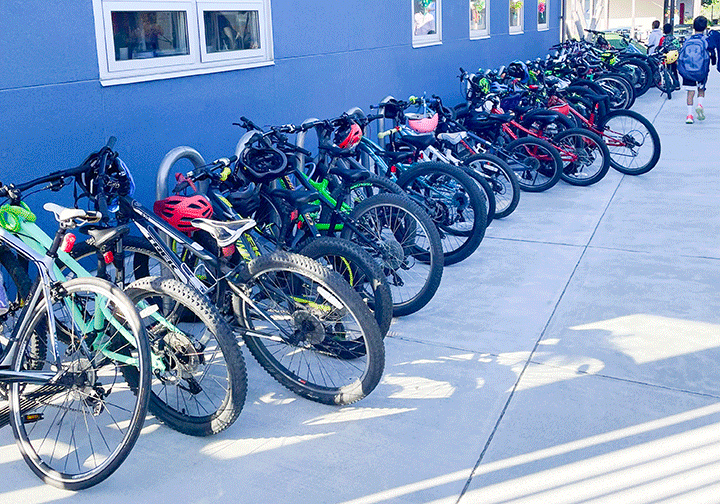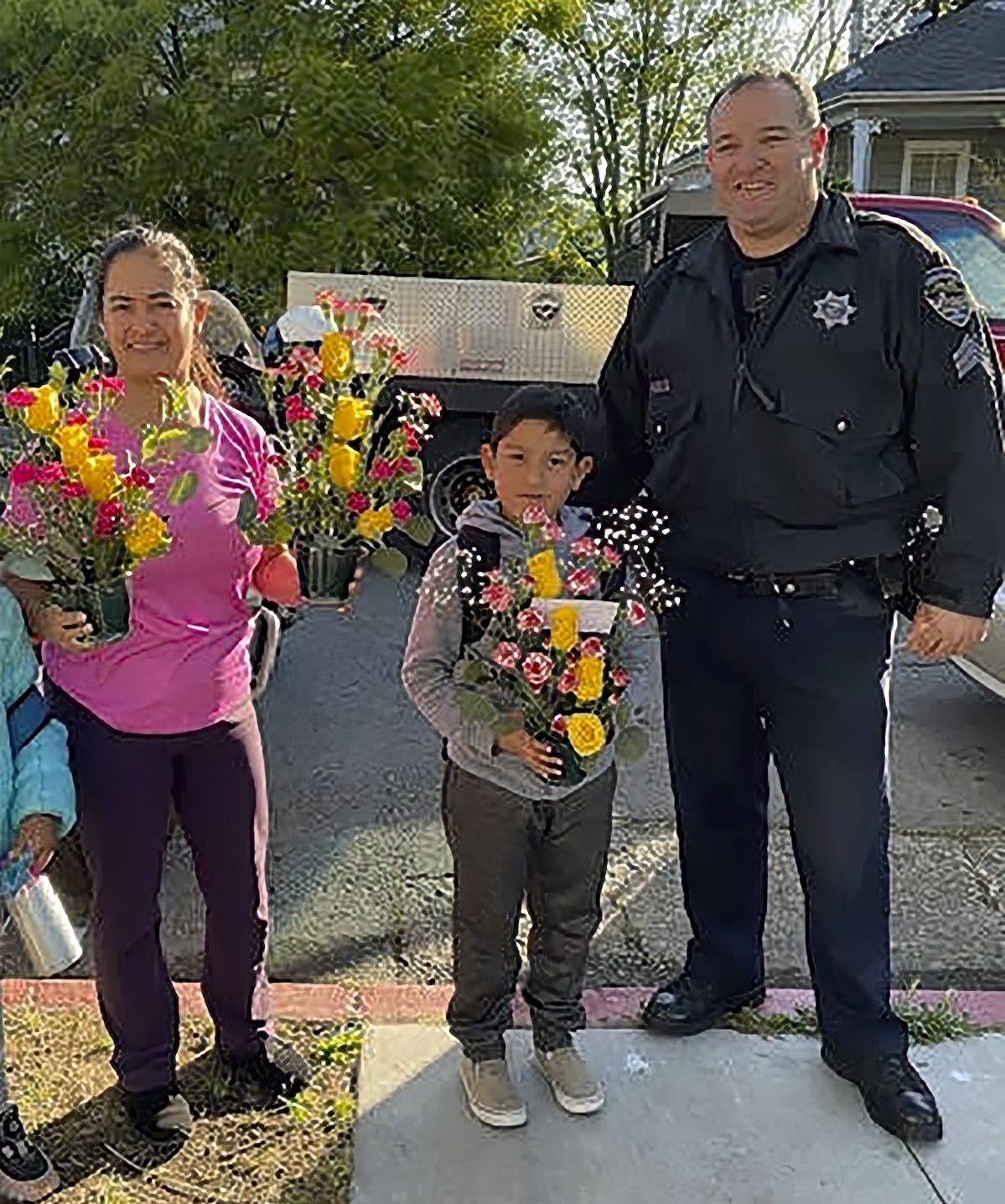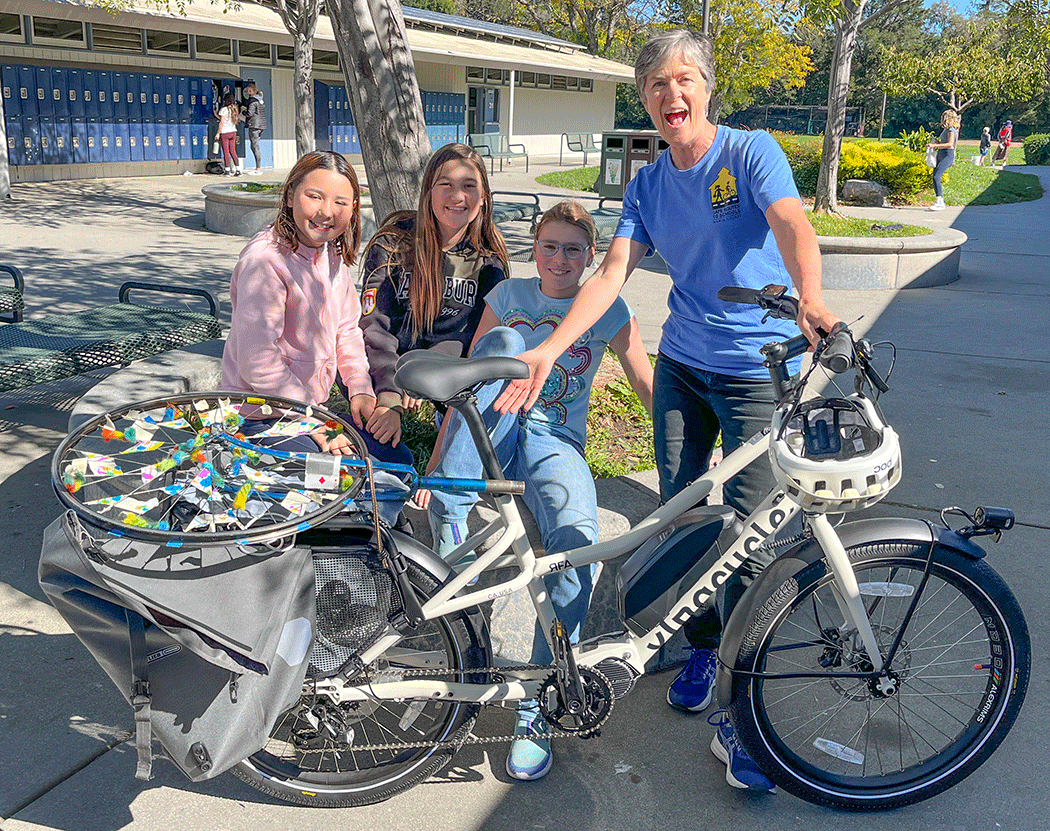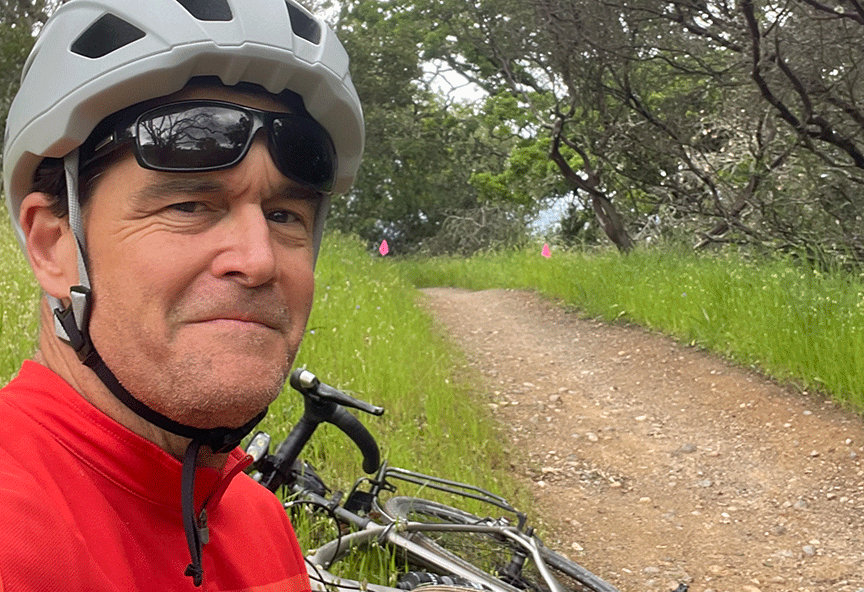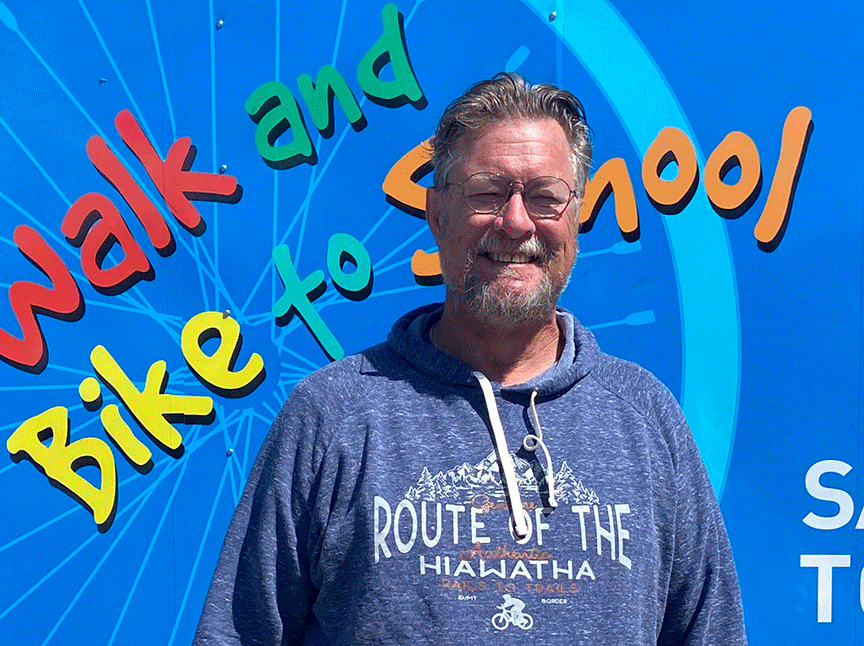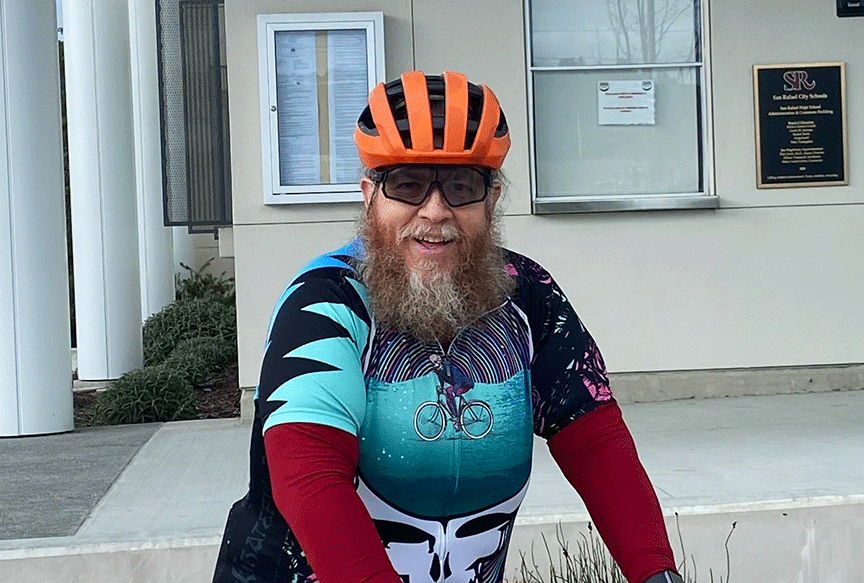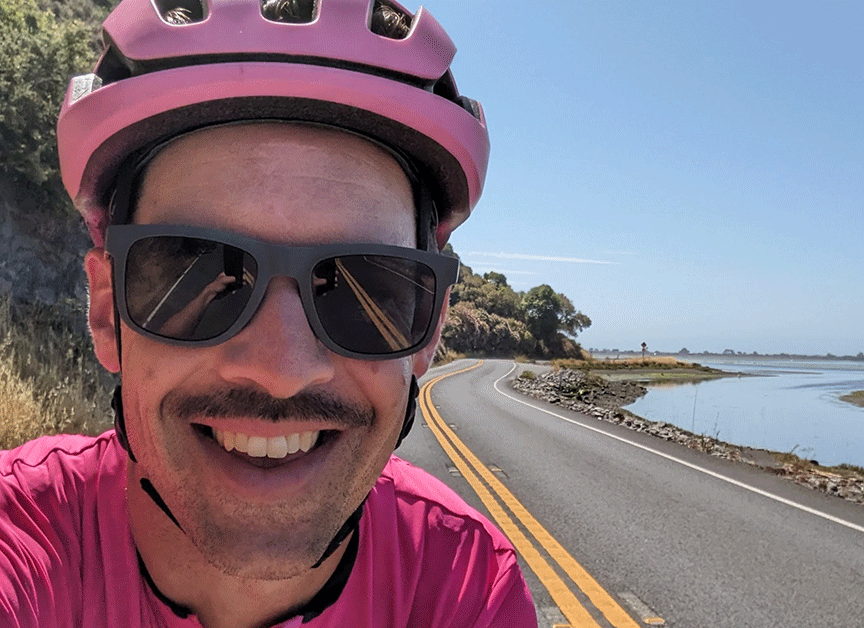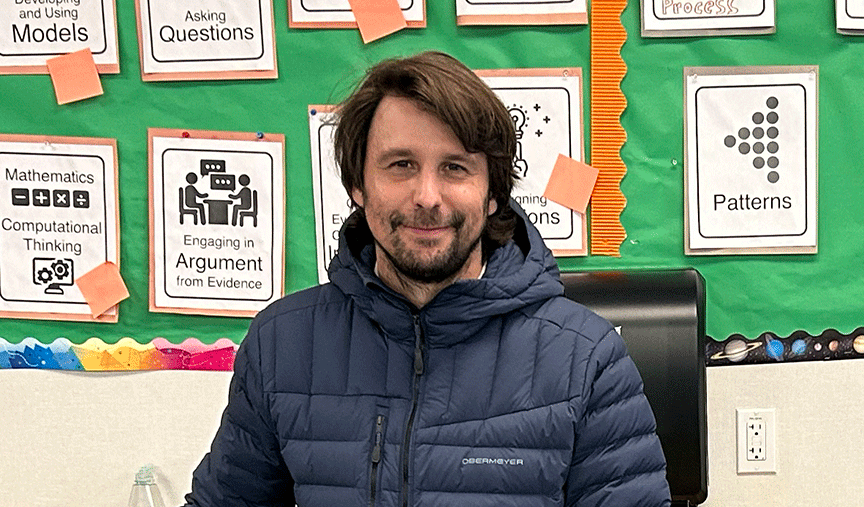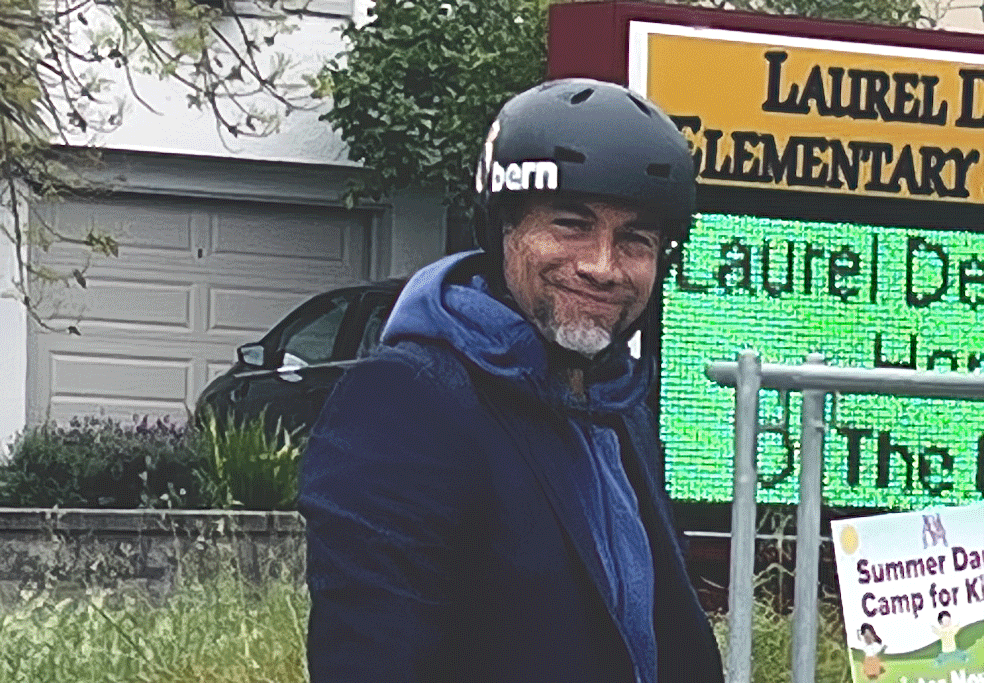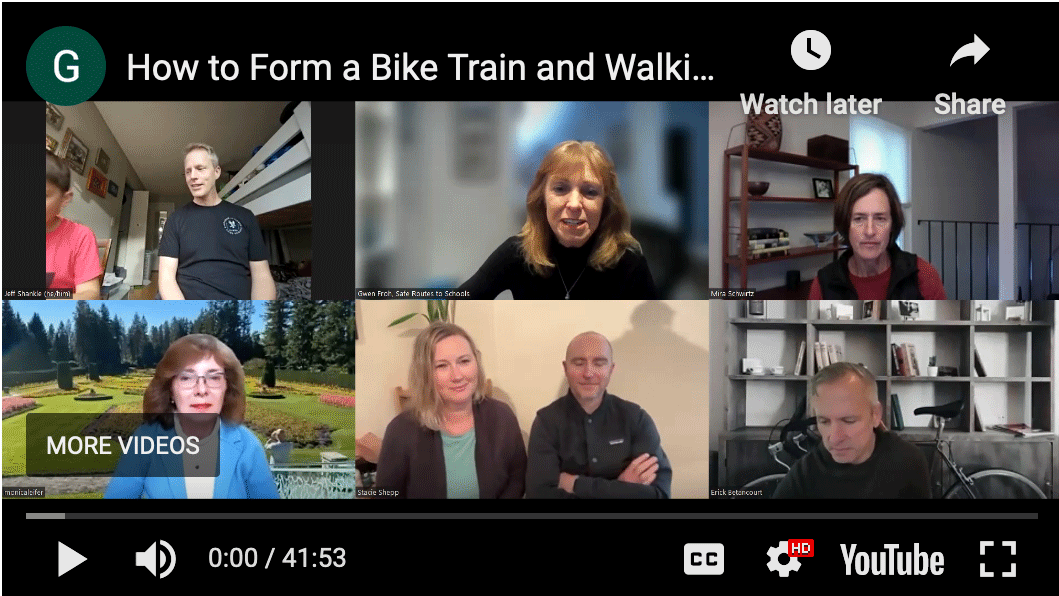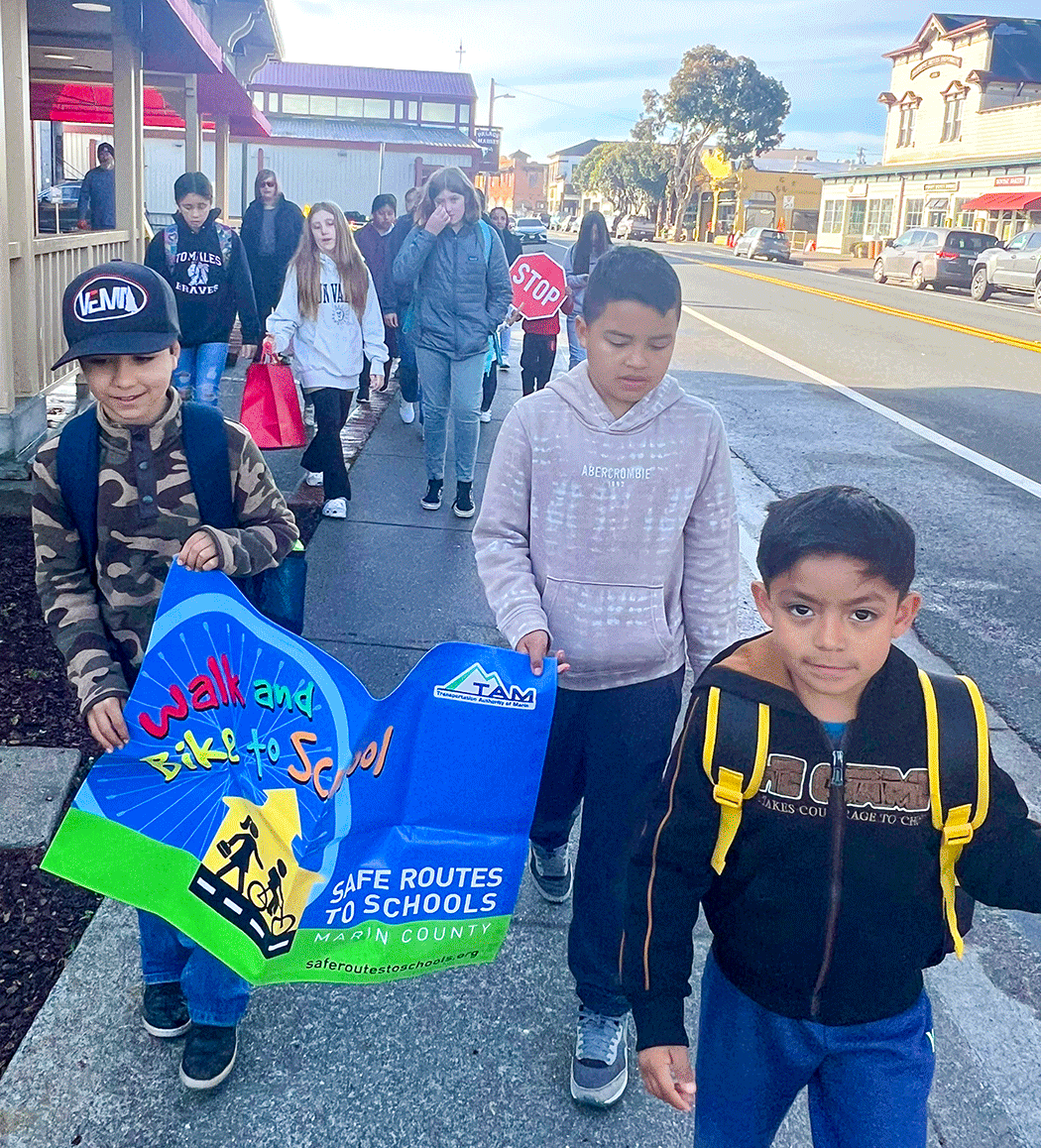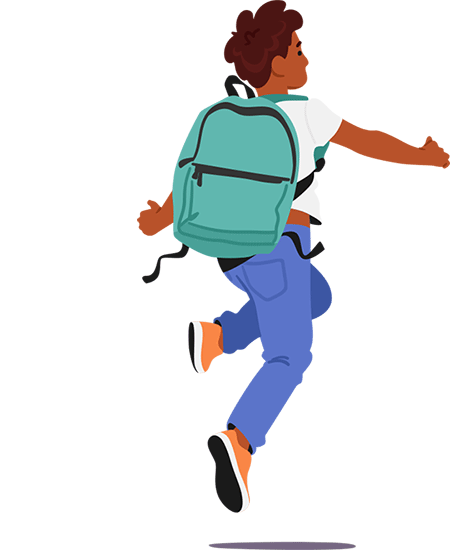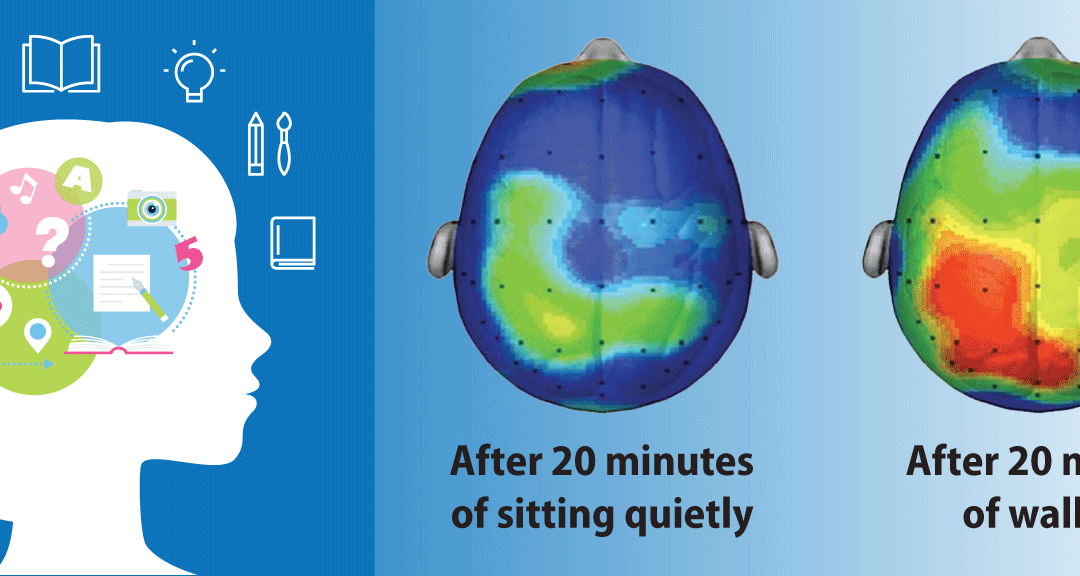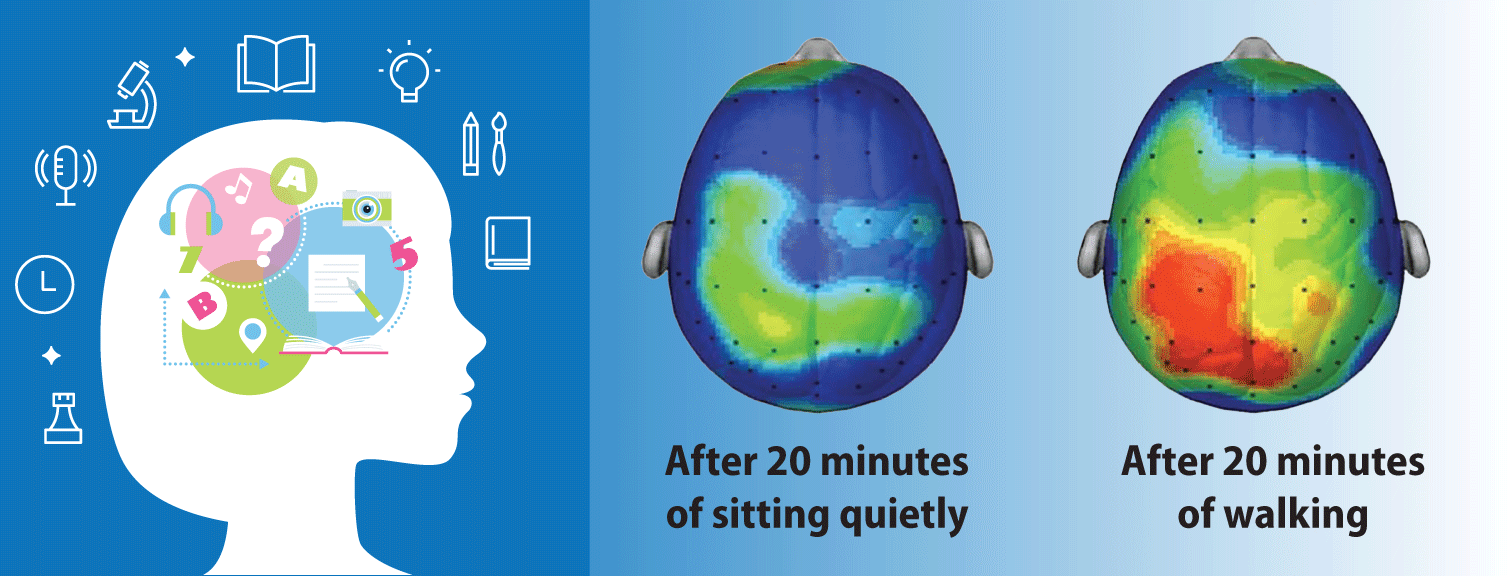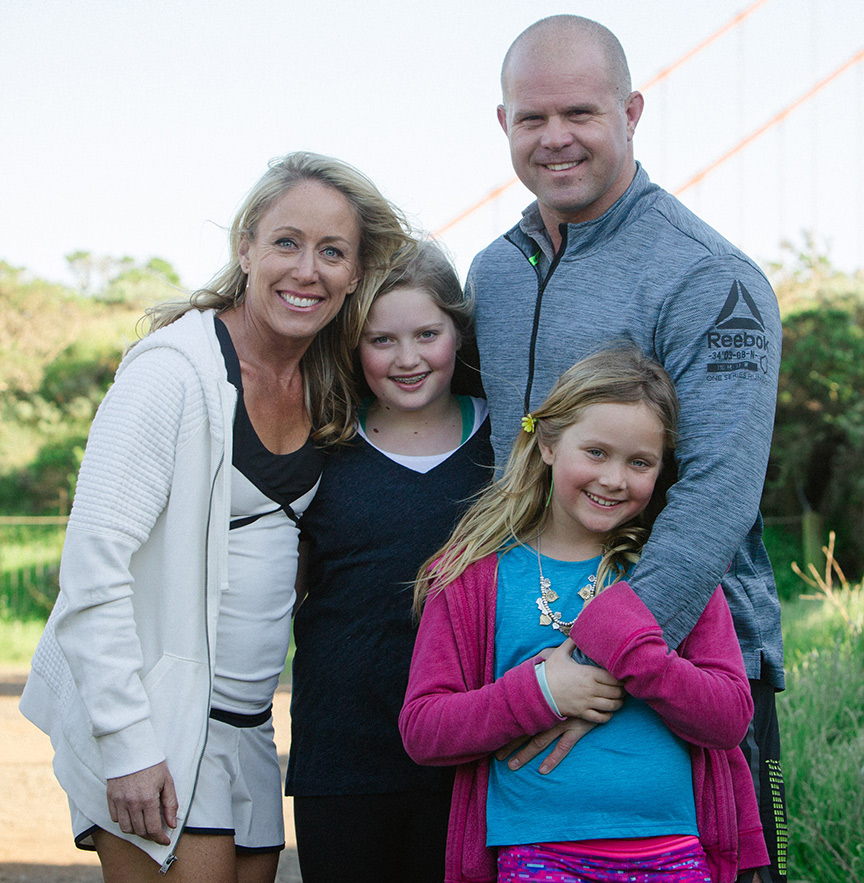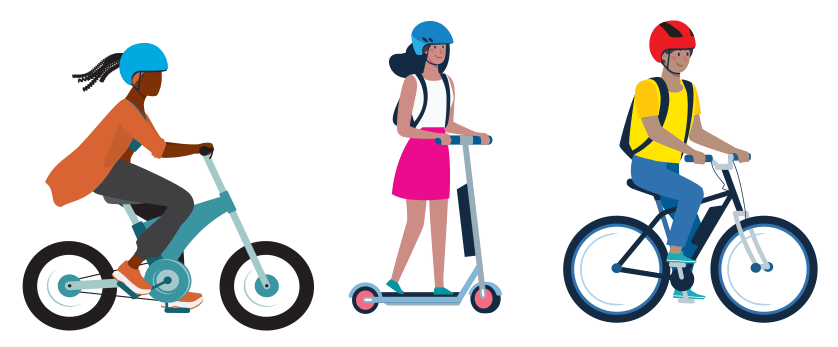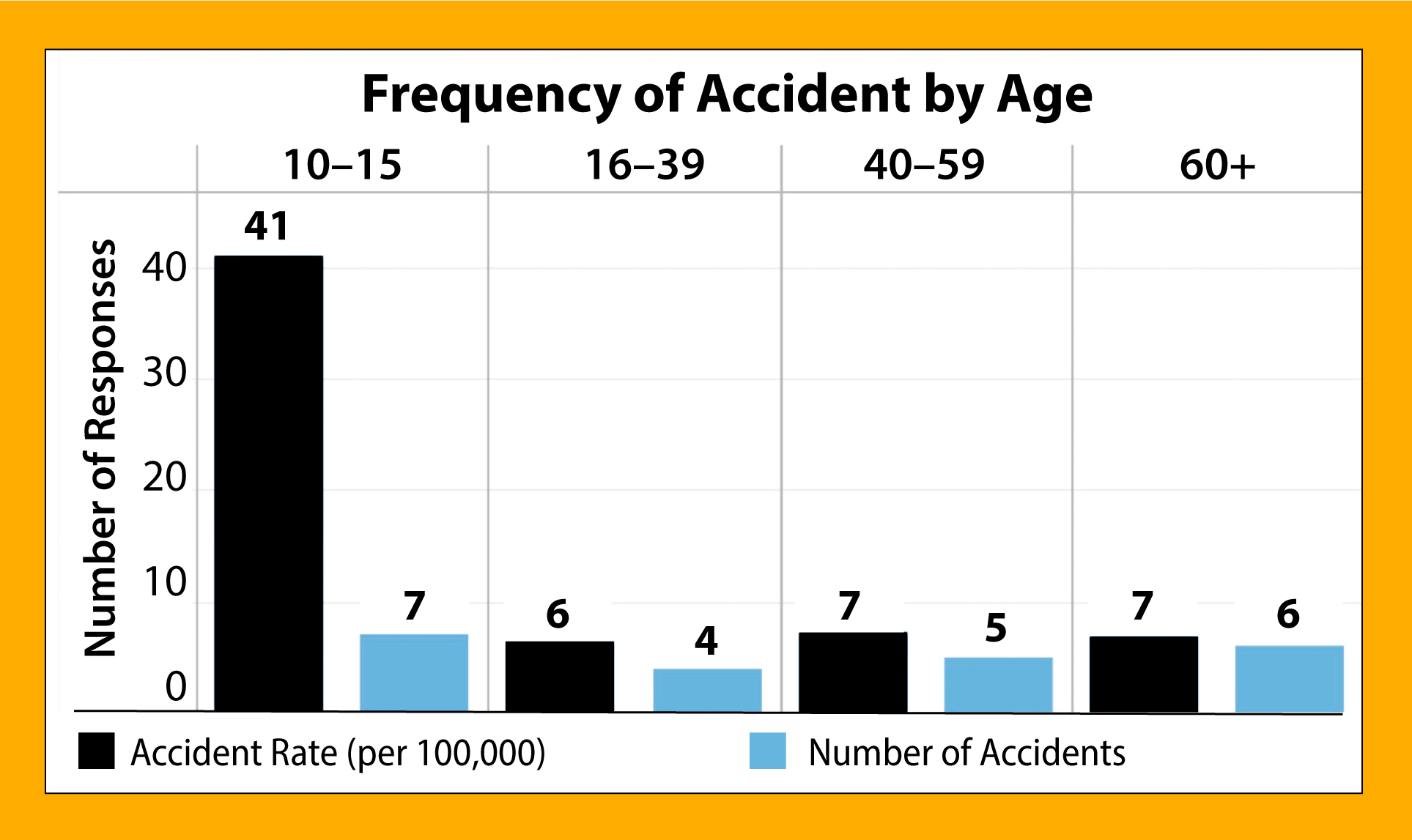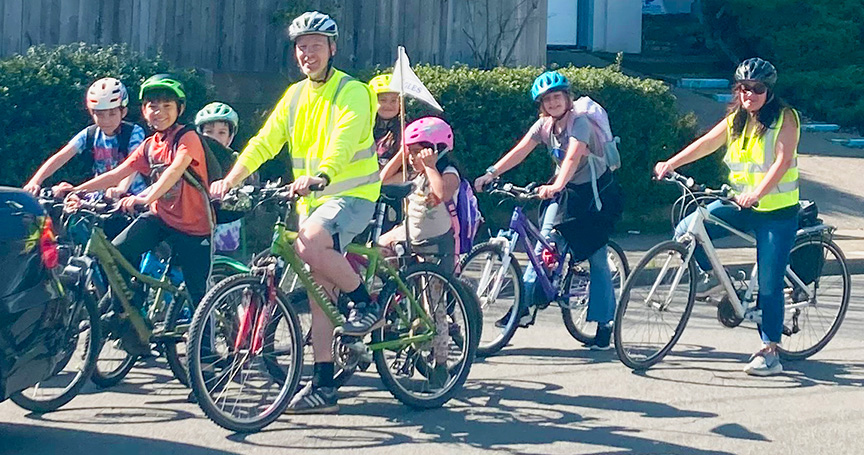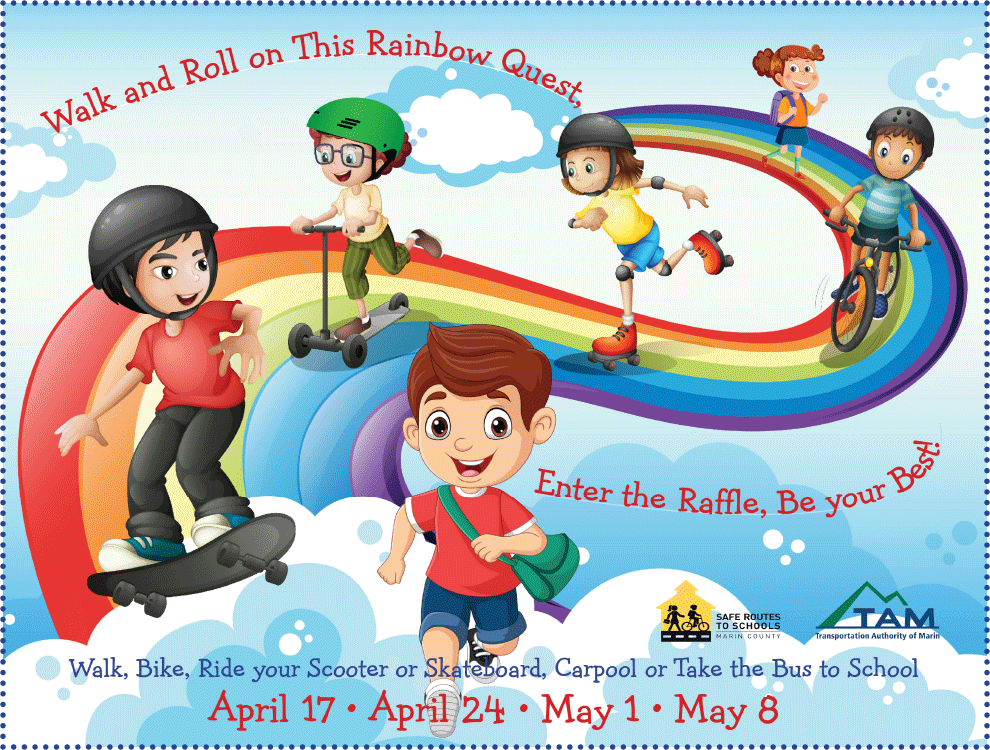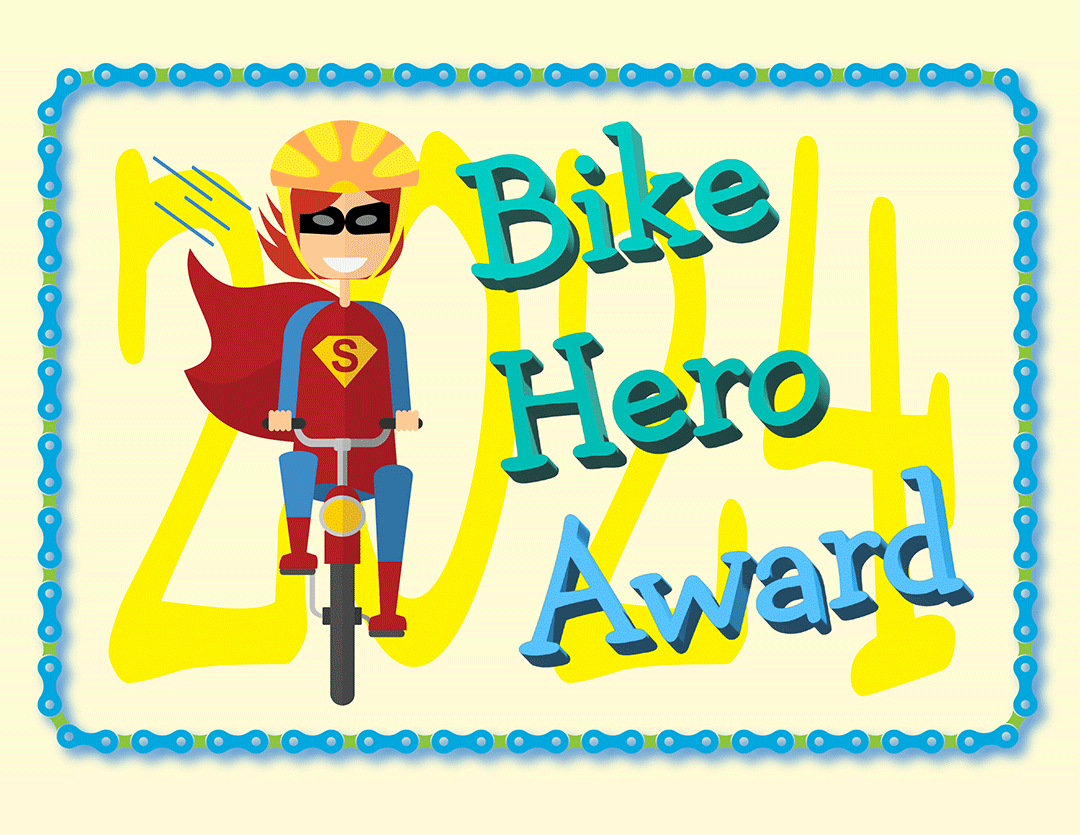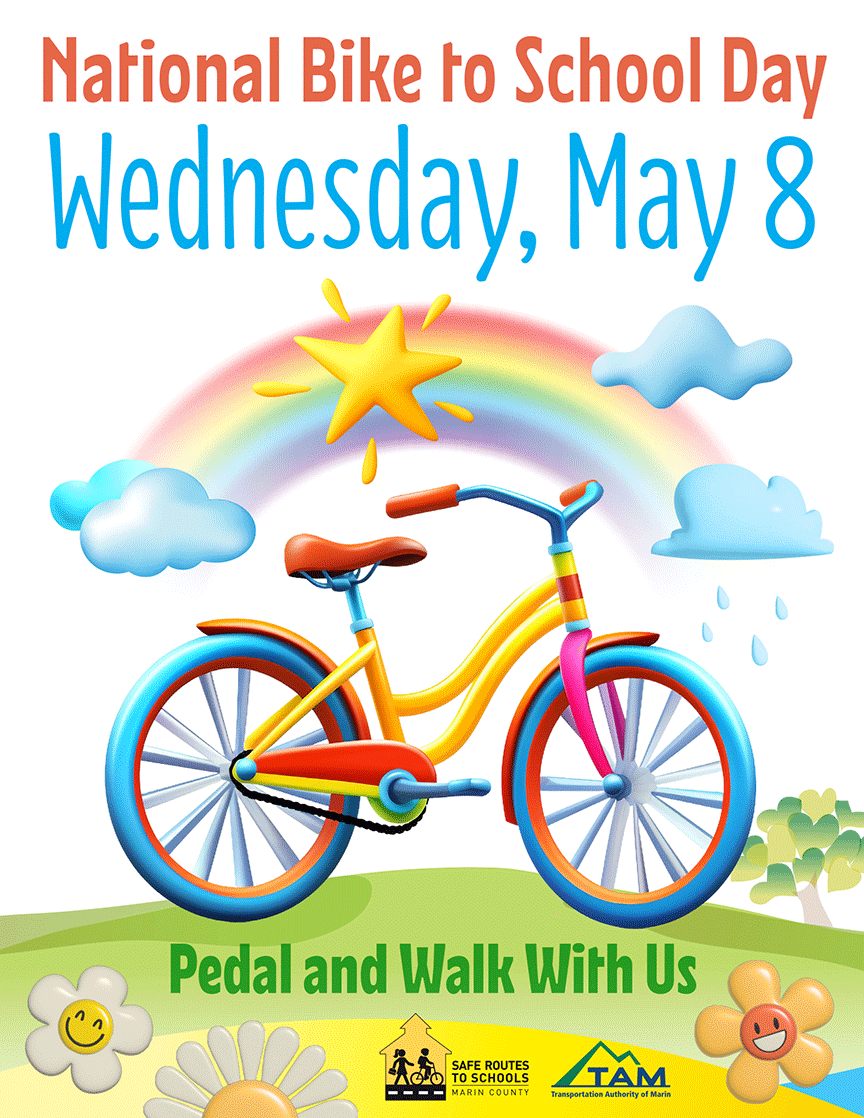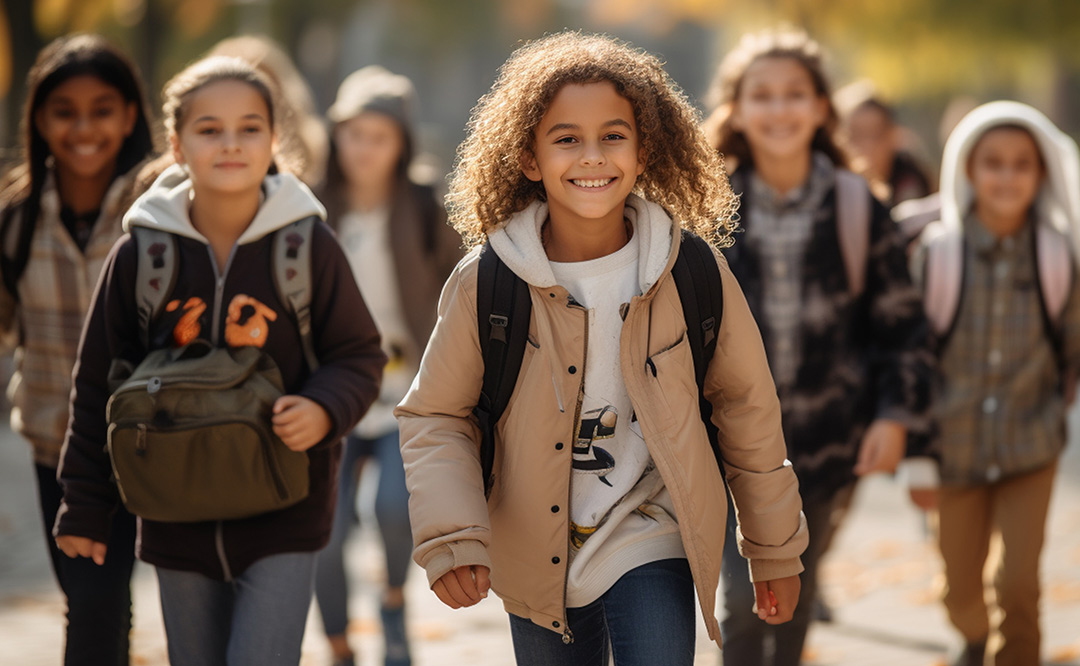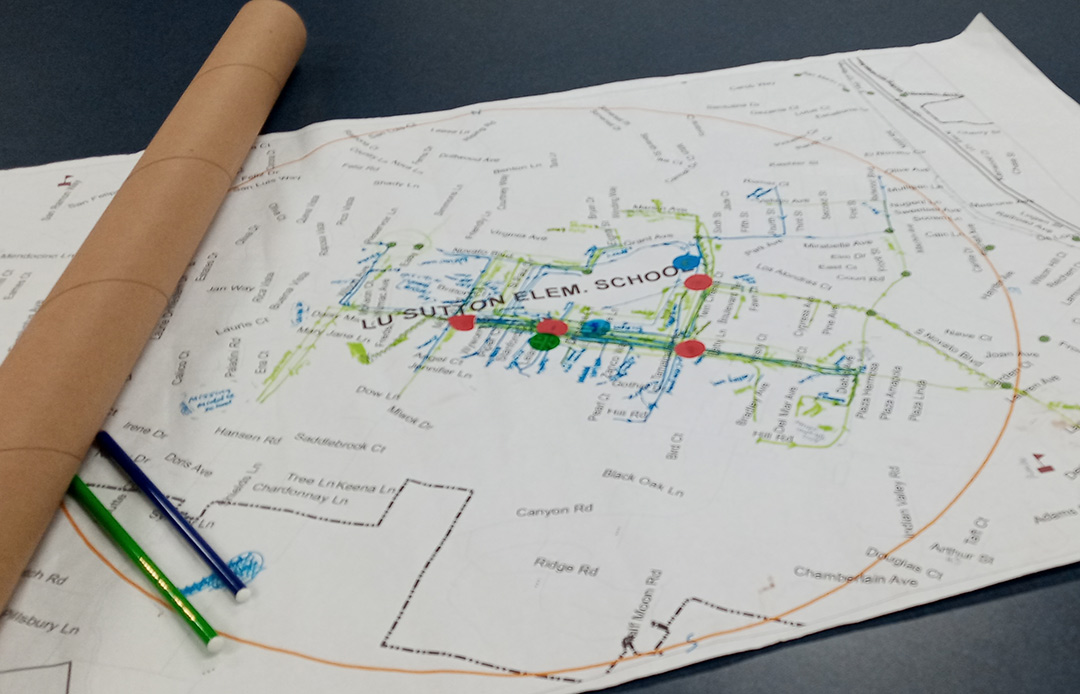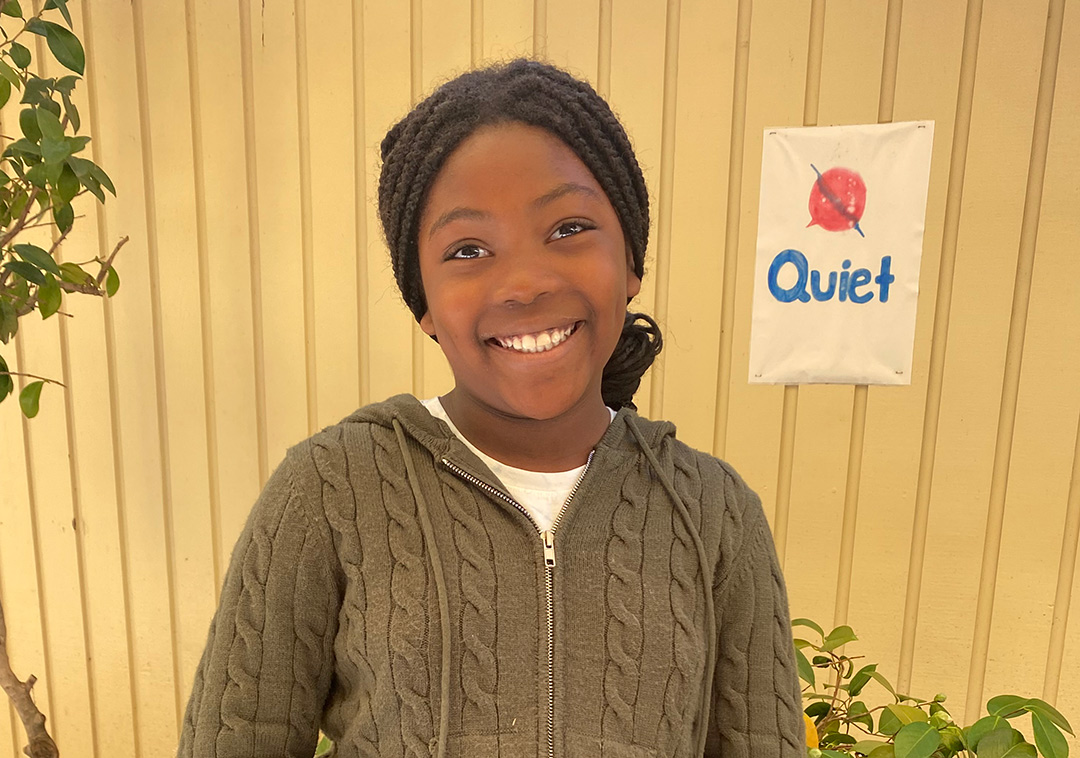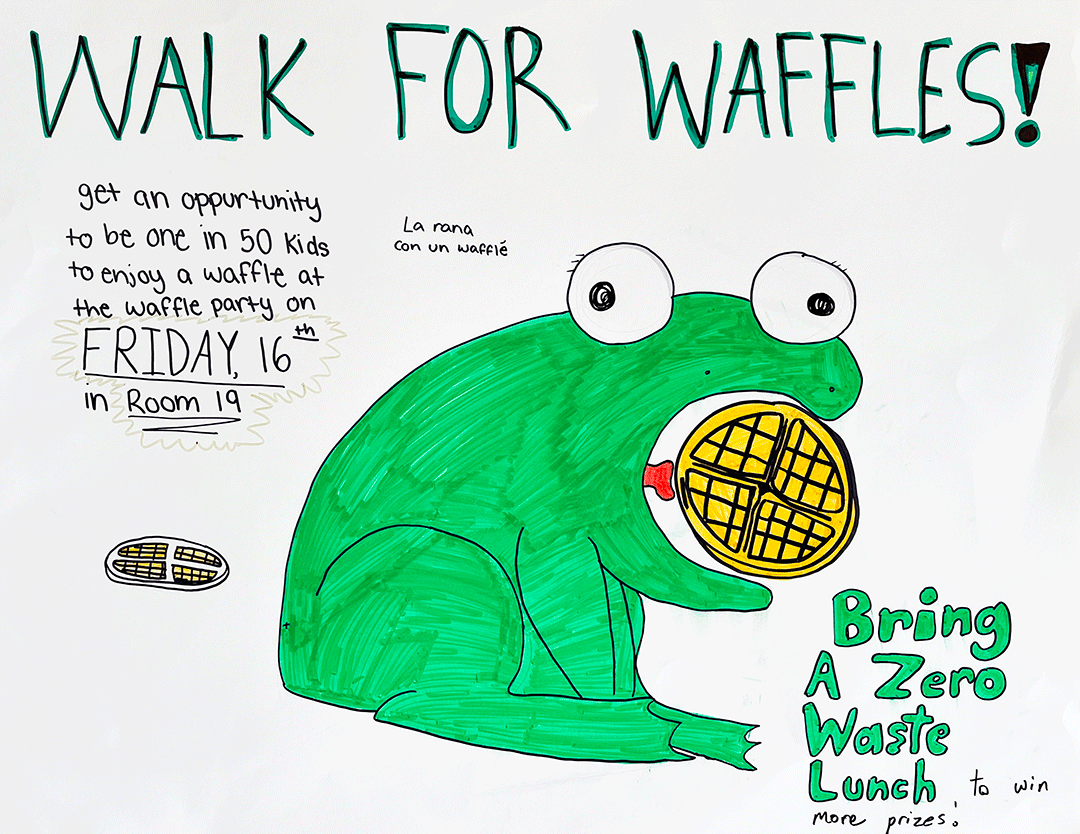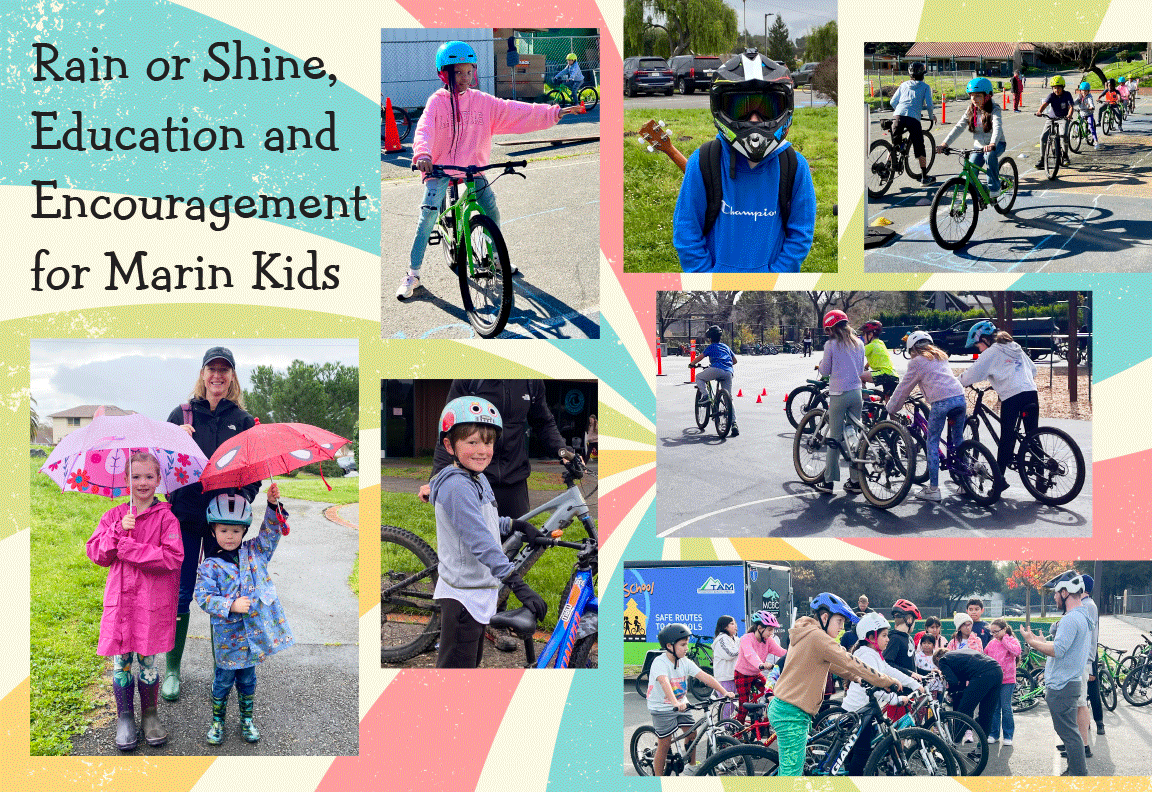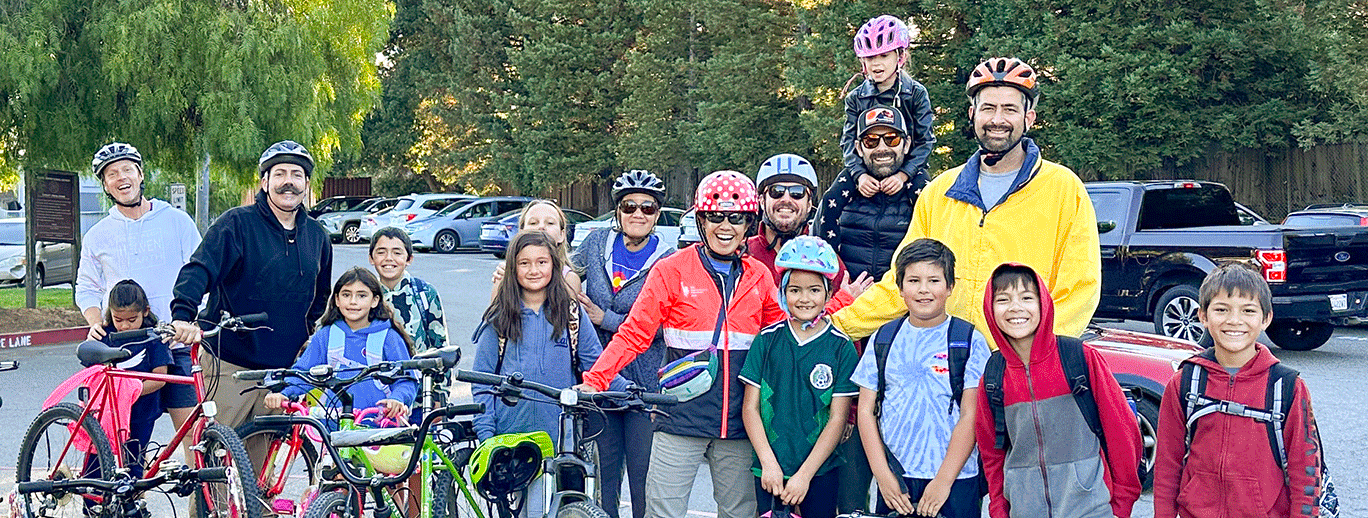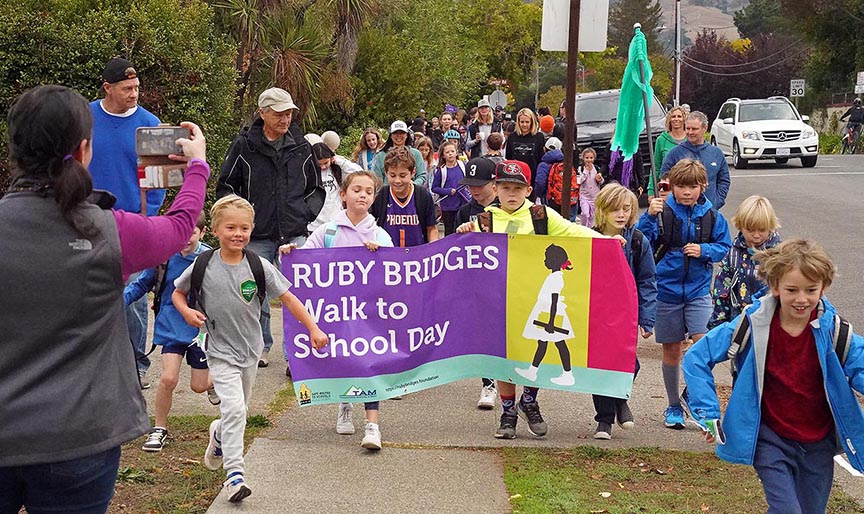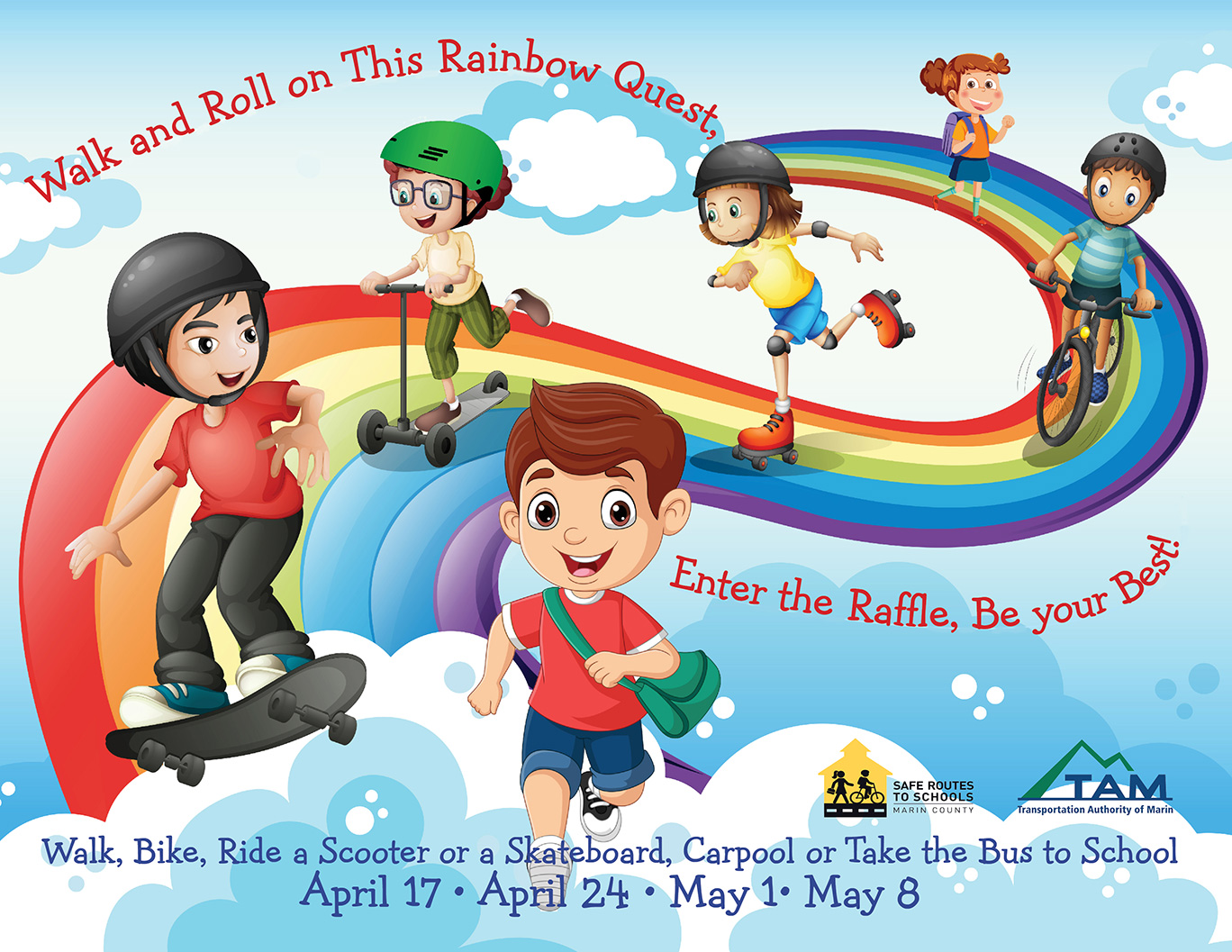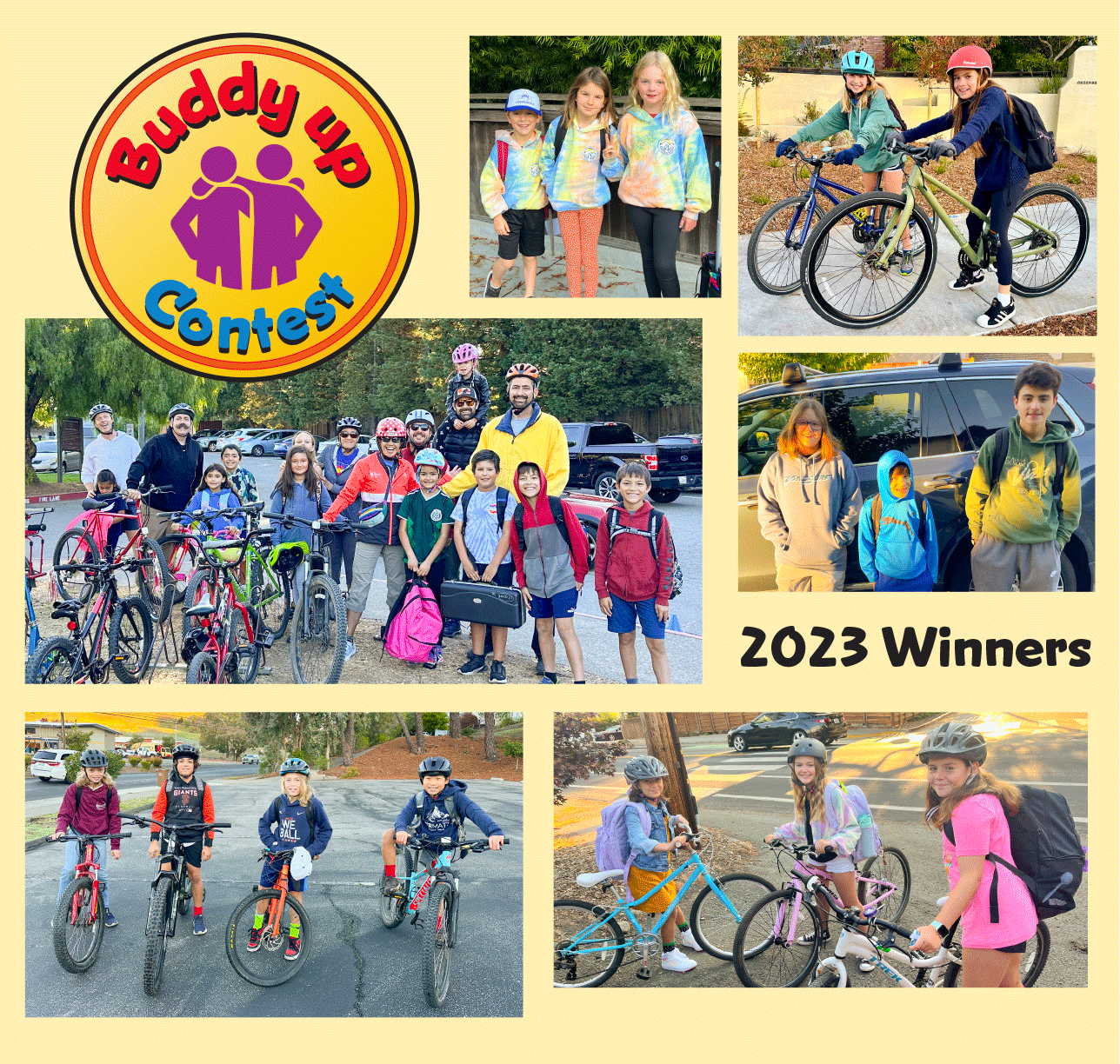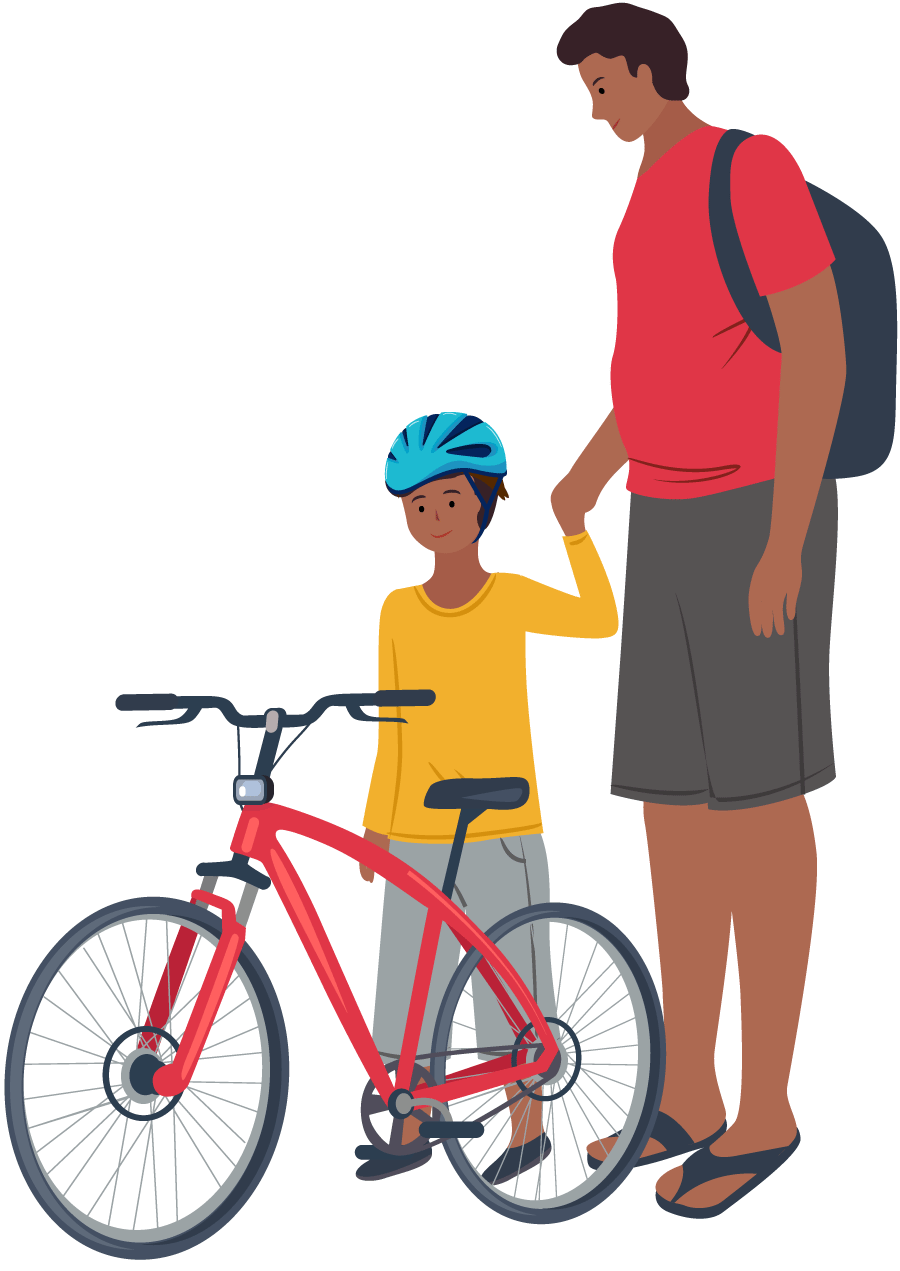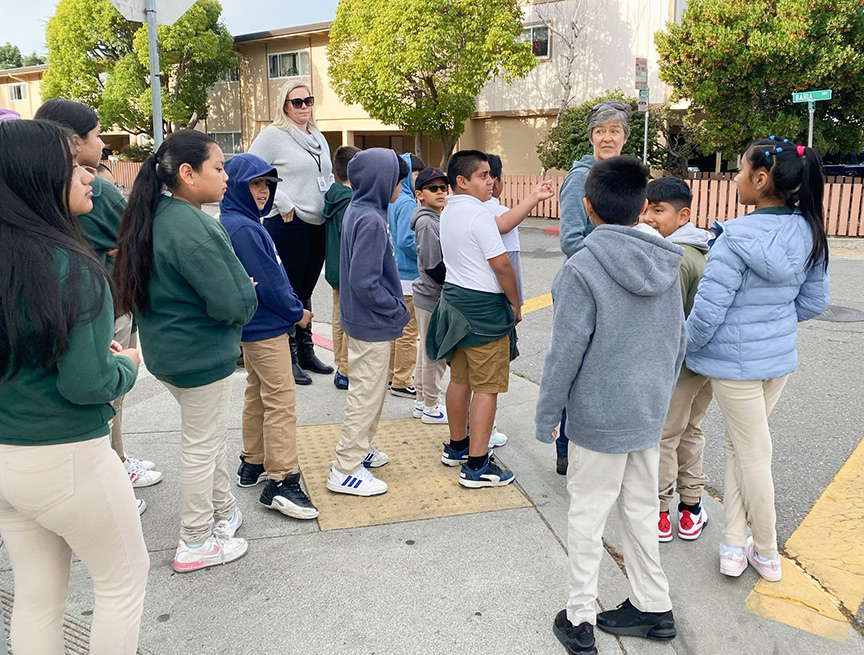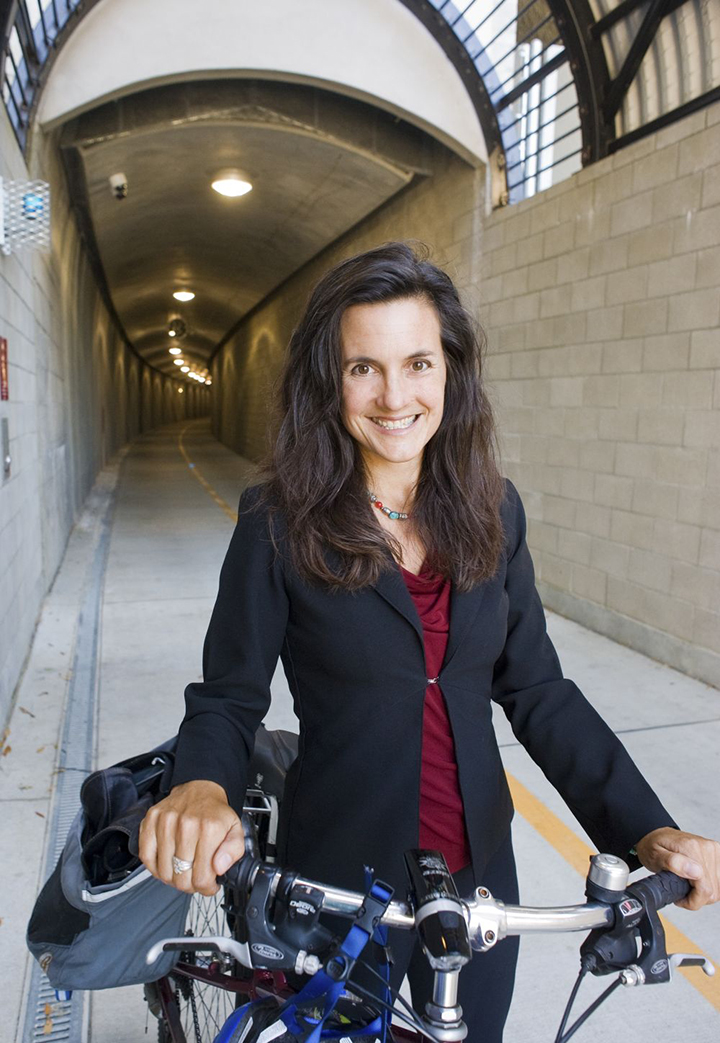
SR2S Newsletter Summer 2025
Starting this summer, it will be illegal for anyone under 16 to ride a Class 2 throttle e-bike in Marin County. Under California’s new AB 1778 law, these motorized bikes—which do not require pedaling and can reach higher speeds—are now restricted due to growing safety concerns. The law also mandates helmet use for all Class 2 riders, regardless of age.
The legislation comes in response to a troubling spike in serious injuries among youth. Marin Public Health reports that children aged 10 to 15 are five times more likely than other age groups to suffer e-bike incidents requiring ambulance transport and hospitalization. Many Class 2 models are easily switched to exceed 20 mph or the legal 750-watt power limit, effectively turning them into unregulated e-motorcycles—often without parents realizing it.

In response, the County of Marin, the Transportation Authority of Marin, the Marin County Office of Education, and community partners have launched a safety initiative: the E-Bikers Club campaign. With bold messaging and student appeal, the campaign makes it clear: Riding safely is what the savvy kids do. The campaign promotes safer choices, such as Class 1 pedal-assist e-bikes, which have more manageable speeds and require active pedaling. It also emphasizes the importance of helmets, responsible riding, and buying legal e-bikes from reputable local shops that provide service and maintenance.
“It’s not about saying ‘no’ to e-bikes,” says Gwen Froh, Program Director of Safe Routes to Schools. “It’s about saying ‘yes’ to the right e-bike for a child’s age and ability.”
The combined effort of AB 1778 and the E-Bikers Club campaign is a crucial step toward reducing injuries and promoting safe, independent mobility for Marin’s youth.
Through our Safe Routes to Schools classes, thousands of students each year learn the basics of bike—and now e-bike—safety. The new Youth E-Bike Safety Education campaign strengthens these efforts, helping families choose the right e-bike so students can ride smart, stay safe, and roll with confidence.
Watch the new E-Bikers Club video and explore more resources for parents and students at Safe Routes E-Bike Education.
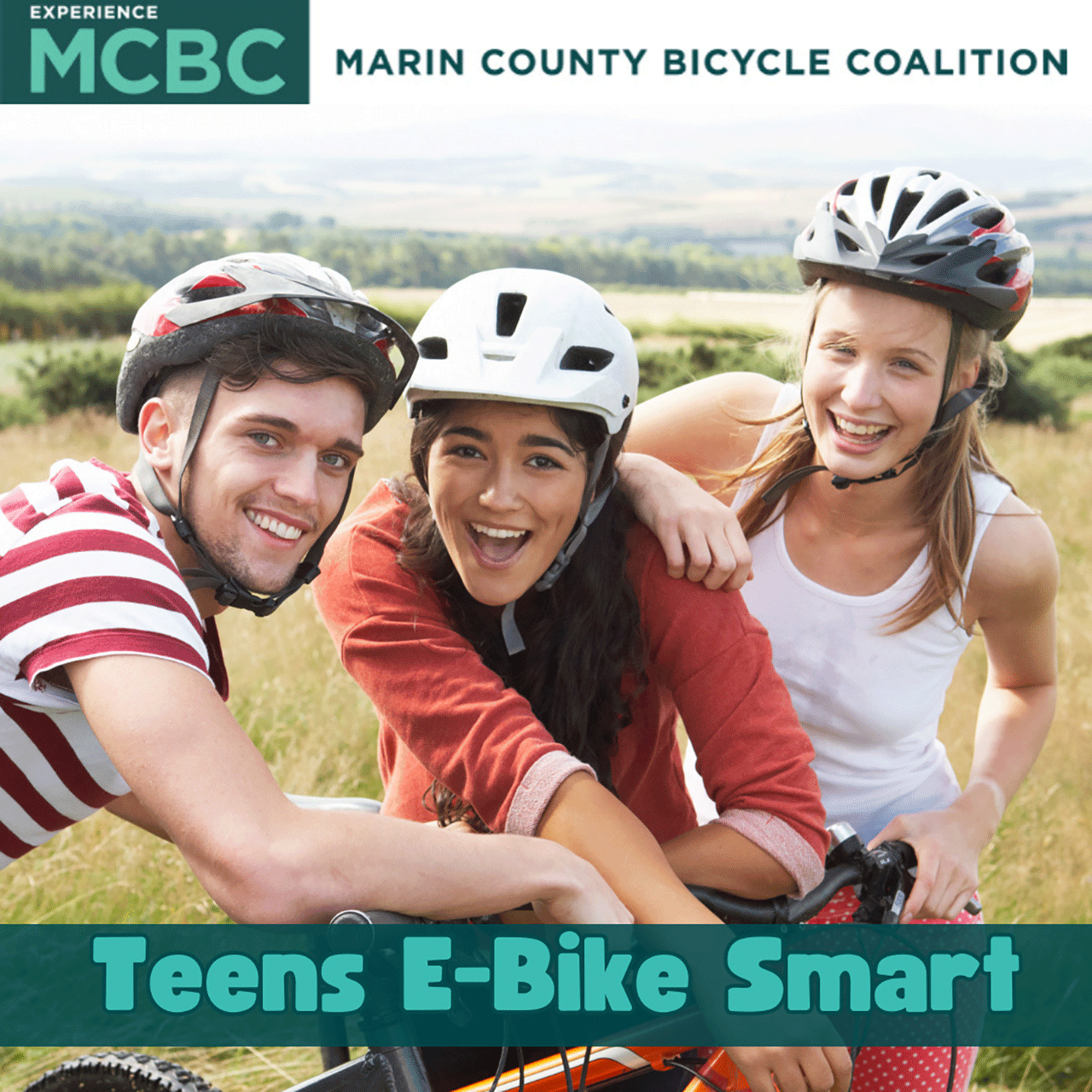
Calling All Middle and
High School E-Bikers
Ready to ride smarter, safer, and with more confidence? Join us for Marin County Bicycle Coalition’s Teen E-bike Smart Marin class on Saturday, June 28, 2025, from 10:00 AM to 12:00 PM at Mill Valley Middle School, 425 Sycamore Ave., Mill Valley.
Register here
The combined effort of AB 1778 and the E-Bikers Club campaign is a crucial step toward reducing injuries and promoting safe, independent mobility for Marin’s youth.
There were 74 nominations and 14 schools represented in the 2025 Bike Hero contest, organized and sponsored by Safe Routes to Schools. Teachers, parents, neighbors, and fellow students sent in testimonials of children leading their peers, climbing big hills, battling the weather – all while obeying the rules of the road on a bike. Five of them are now Marin’s Bike Heroes.
RYAN KOENIG, Del Mar Middle, 8th grade
Ryan has significant special needs, but that has never stopped him from embracing the joy and freedom of biking. Every school day, Ryan gets up early so he can take his time and safely ride his bike to school. Biking is not just transportation for Ryan: It is a source of pride, independence, and happiness.
What makes Ryan a true “roll” model is his respect for the rules and his willingness to adapt. When we learned that electric scooters were not allowed for his school commute, Ryan didn’t complain or look for shortcuts. Instead, he enthusiastically switched to his bike, even though it meant more effort and planning. He always wears his helmet and follows all the road rules.
Ryan shows everyone that biking is for everyone, no matter their abilities or challenges, and that it can be fun, safe, and empowering.
PILY CAHUEX OROZCO, Olive Elementary, 3rd grade:
Helpful, hardworking, and deserving are some of the words the staff at Olive Elementary use to describe this new Bike Hero. Pily Cahuez Orozco rides to school every day and uses her bike as her primary mode of transportation since arriving in the United States from Guatemala two years ago. Her tenacity as a cyclist and respect for the rules of the road are an inspiration to others around campus.
Pily’s tenacity is also shown in other aspects of her life. “She arrived with just one month left of school and has worked so hard to learn English and catch up with her peers in math, language arts, and science. Pily is a consummate Olive Shark!” says teacher Emily Steffy.
LILY WILD, White Hill Middle, 7th grade
Lily bikes to school every day to make it to 00 period band class that starts at 7:10 in the morning. She safely bikes in the rain, in the dark, and on beautiful days. “Cycling before 7am in winter with lights on is no easy feat,” her nominators said. She always stops at stop signs and uses hand signals to let cars know she is turning or changing lanes.
KEIRA KUCHEL, Brookside Elementary, 4th grade
Keira has been riding since she could walk. She rides two miles to school every day from Fairfax to Brookside Elementary School in San Anselmo. She started riding to school in 2nd grade with her parents, but this school year she started riding by herself. You may spot Keira cruising through Fairfax with her school hamster backpack on weekdays, and on weekends on one of the great trails around Fairfax (even Tamarancho!).
KAI MILLIET, Davidson Middle, 6th grade
Kai is a cautious, responsible, safe, and consistent cyclist who gets himself to school on time throughout the year and is proud to do so! His route to school takes him across major thoroughfares, like 2nd and 3rd Streets in San Rafael. He gets to school safely and on time while not riding out of control.
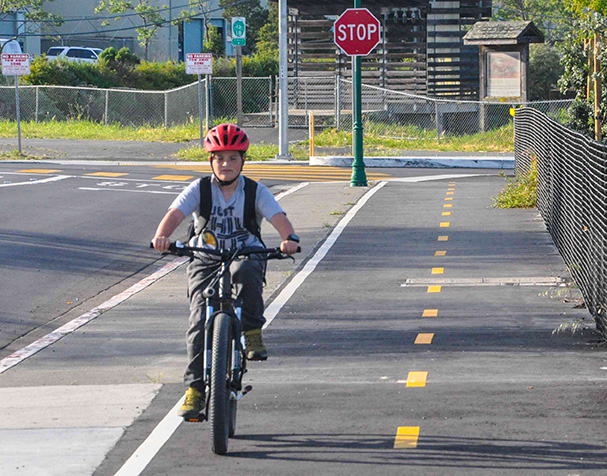
March was a great month for safety as the Transportation Authority of Marin announced the recipients of its Safe Pathways to Schools Program, which funds safety infrastructure improvements for students walking and rolling to school. Ten cities and towns, unincorporated Marin County, and the Miller Creek School District applied for funding for 33 projects. In a first for the program, all projects were funded, totaling over $7.5 million in safety improvements. These changes will make a noticeable difference for families who walk or bike to school every day.
Each small project received up to $100,000 in funding. These included projects to fill sidewalk gaps (Mill Valley, Ross, San Anselmo), improve pedestrian crossings (Fairfax, Mill Valley, San Rafael), and enhance or add bicycle facilities (Fairfax, Larkspur, San Rafael, Sausalito), among other purposes.
Large projects received up to $450,000 each. In San Rafael, funds will go to construction of a multi-use pathway along the SMART tracks to help students reach Venetia Valley Elementary School and to make improvements along Woodland Avenue. Novato will use its award to close a sidewalk gap on Sutro Avenue and to implement fast, low-cost fixes like colorized curb extensions at key intersections near several schools. San Anselmo, meanwhile, will close sidewalk gaps along the route to Brookside Elementary School. You can view a full list of projects starting on page 131 here.
With every sidewalk filled and crossing improved, these investments bring Marin one step closer to ensuring every student can walk and roll to school safely.
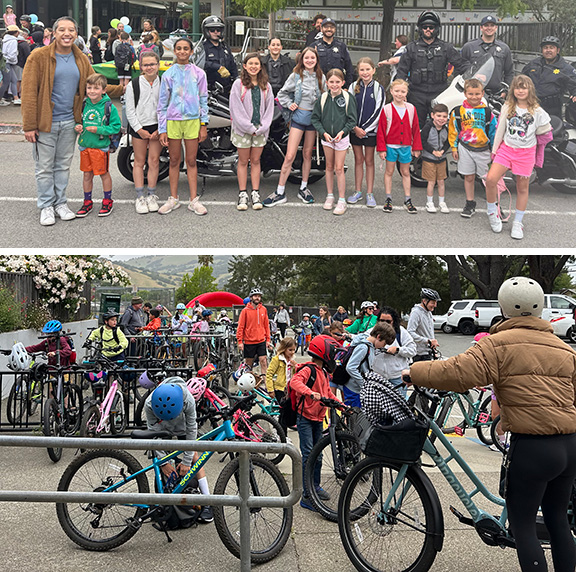
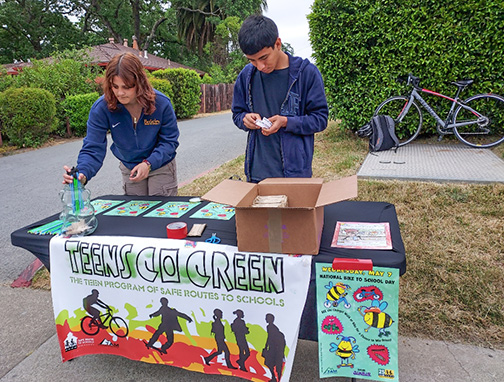
Pleasant Valley
Thousands of young cyclists and walkers took to the streets across Marin County on the morning of Wednesday, May 7 to celebrate National Bike to School Day. Students from 36 elementary schools, nine middle schools, and two high schools participated in the annual event, making it one of the county’s largest active transportation celebrations.
The Marin Independent Journal covered the festivities at Wade Thomas Elementary, which hosted a major parade organized by parent volunteer Jason Cardillo. The group departed from Imagination Park in downtown San Anselmo and was joined by Supervisor Brian Colbert, San Anselmo Mayor Tarrell Kullaway, and Transportation Authority of Marin Executive Director Anne Richman. [Read the full story and view photos here.]
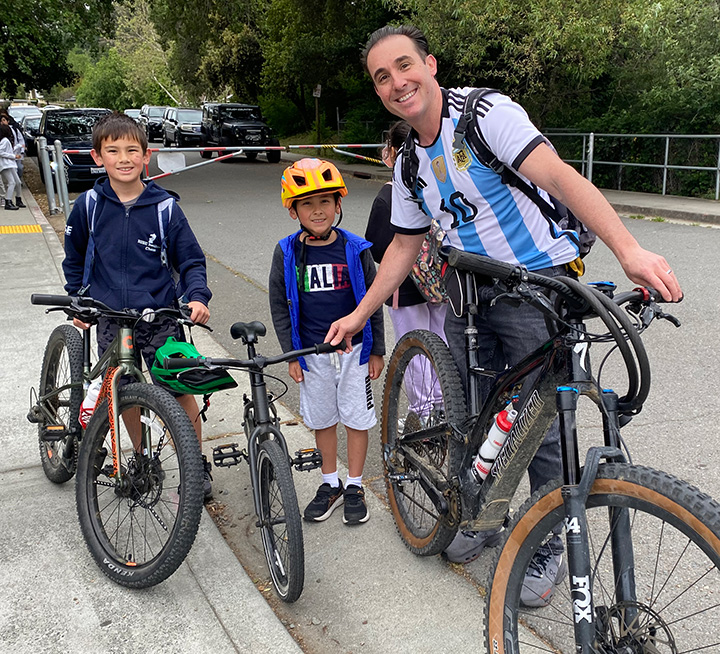
In Novato, Pleasant Valley Elementary held a standout celebration as well. Parent volunteer Deena Blas organized a “bike train” led by the Novato Police Department. Upon arriving at school, students and families visited the welcome table to sign a Climate Pledge, reinforcing their commitment to sustainable travel.
At Olive Elementary, Family Liaison Emma Jimenez celebrated the sight of overflowing bike racks. “It’s very rewarding to see how we can make the commute to school so much fun!” she shared.
This year’s 23rd edition of National Bike to School Day also marked the conclusion of the Adventure Challenge, a month-long event that engaged a large number of schools across Marin in active commuting.
“National Bike to School Day is a fantastic opportunity to boost kids’ health and bring our whole community together,” said Gwen Froh, Program Director of Safe Routes to Schools. “It’s inspiring to see families, schools, and public officials join forces to create safe, fun ways for kids to ride to school and grow stronger together.”
The day highlights the importance of safe physical activity and encourages families to choose and use active modes of transportation. It also offers a joyful, meaningful way for families to spend time together while building lifelong healthy habits.
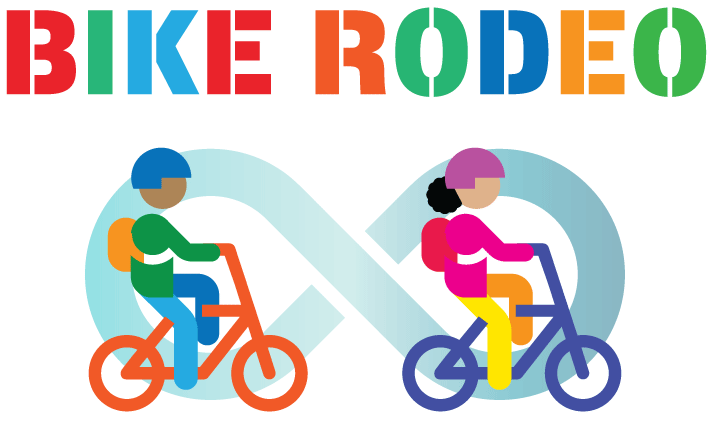
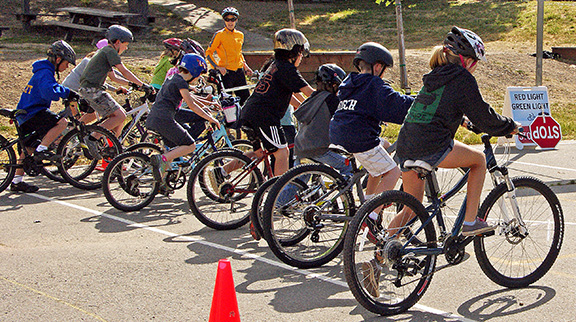
Summer is here, but that doesn’t mean the learning has to stop—especially when it comes to bike safety. A question we often hear is, “How can my child keep practicing the skills they learned at the bike rodeo?” Great news: the answer is simple and fun.
When kids ride regularly—from the park to a friend’s house or just around the block—they’re not just having fun, they’re building muscle memory. Safe habits become second nature when practiced often. So keep your rides going this summer! Use quiet neighborhood streets for “destination rides” and return to the blacktop for skill-building games.
Let’s start with a quick refresher on what kids learn at our rodeos. The number one cause of crashes among young riders? Losing control of their bike. That’s why we emphasize time in the saddle—practicing how to ride smoothly, stop and start quickly, balance while turning, ride one-handed when signaling, and look over a shoulder without veering. One of the best ways to build these skills? A good old-fashioned game of follow-the-leader on a school blacktop or empty parking lot. Switch up who leads and keep it playful!
We also talk a lot about being predictable and visible—two of the most important principles for safe riding. Predictable riding means following the same rules as cars: riding in the direction of traffic, staying in your lane, following signs, and signaling at turns. Riding visibly means wearing bright clothing and choosing routes where drivers naturally expect to see other vehicles.
With each ride, your child becomes more confident, more capable, and more ready for back-to-school bike adventures. Have a joyful, ride-filled summer—we’ll see you in the fall!

Calendar of Upcoming
Task Force Meetings
- Mill Valley – Wednesday, Sept. 3 at 9:30 AM
- Kentfield – Thursday, Sept 4 at 9:30 AM
- Ross – Monday, Sept. 8 at 10:00 AM
- San Rafael – Wednesday, Sept 10 at 5:00 PM
- Ross Valley – Friday, Sept 12 at 10:00 AM
- Sausalito/Marin City – Monday, Sept 15 at 5:00 PM
- West Marin – Tuesday, Sept. 16 at 5:00 PM
- Reed – Thursday, Sept 18 at 10:00 AM
- Miller Creek – Monday, Sept. 22 at 4:00 PM
- Novato – Wednesday, Sept 24 at 5:00 PM
- Larkspur-Corte Madera – Thursday, Sept. 25
at 4:00 PM
Contact Wendi Kallins if you are interested in joining a task force or if you would like a copy of archived
task force meeting notes.

This year, Safe Routes to Schools proudly honors nine dedicated volunteers who are retiring from their roles after years of inspiring students to walk, bike, and roll to school. Each month, these parent and school champions brought Walk and Roll Wednesdays and contests to life—welcoming families, cheering on students, and building a culture of active transportation. We thank them for their tireless commitment and lasting impact. Here is who they are.
Joey and Stacie Shepp, Manor Elementary
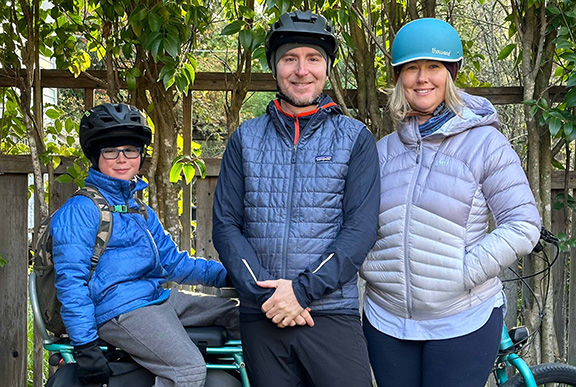
For the last four years, Joey and Stacie Shepp have led a school-wide walk and roll campaign at Manor Elementary to resounding success. Walk and Roll Wednesdays at Manor are popular community events. A large contingent of students and parents participated in Joey’s bike trains through the town of Fairfax, ending with hot drinks at a welcome table hosted by Stacie. Twice a year, the Shepps coordinated with the Fairfax fire department to provide a fire truck escort and turn the bike train into a parade. Fairfax, the birthplace of Safe Routes to Schools, continues to be a leader in active transportation thanks to Joey and Stacie.
Jason Cardillo, Wade Thomas Elementary
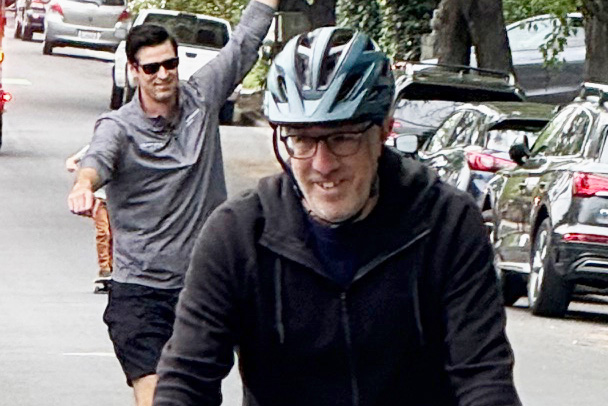
Jason Cardillo and his son, Alessandro, have been helping to lead a bike train to Wade Thomas for years. Thanks to Jason’s efforts, the school has seen a continual uptick in the number of families who ride. This spring, 87 students out of 250 at Wade Thomas participated in the Spring Challenge, which requires students to walk or ride once a week for four weeks. Through continual vigilance to keep students safe and a commitment to ride every day, Jason has led the way in creating an active morning commute at Wade Thomas.
Anjuli Marotto, Neil Cummins Elementary
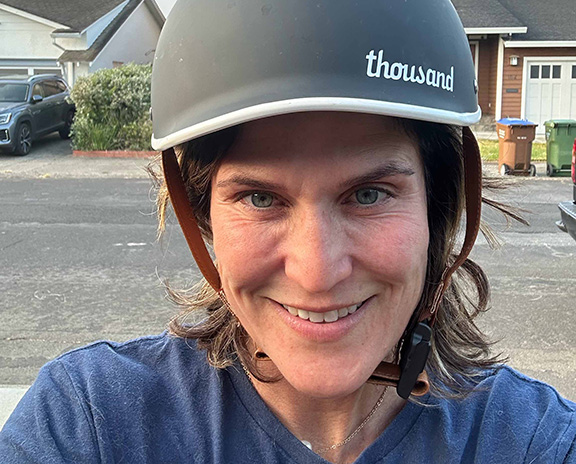
Anjuli Marotto stepped in two years ago to lead Walk and Roll Wednesdays at Neil Cummins and gave it a jump start. She invited police and the school mascot to her iWalk events in the fall and organized a school-wide bike train. Her Spring Challenges were always successful with well over a hundred students participating. “Anjuli brought back the excitement and anticipation of walk and roll events and got our families thinking about how to be more active. I’m very appreciative of what she’s done for our community,” said Kyle Shaw, principal of Neil Cummins.
Amy Barash, Vallecito Elementary
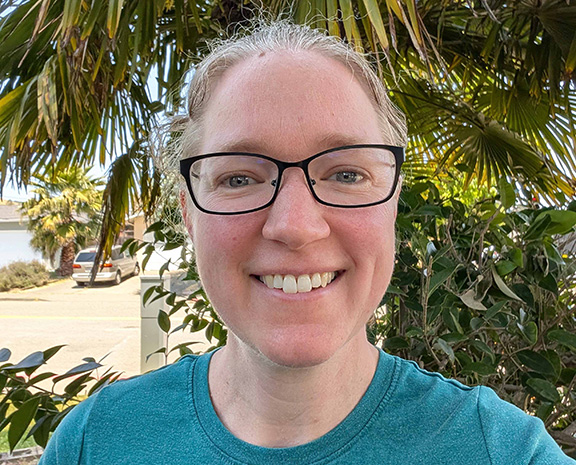
Amy Barash stepped in to manage the Safe Routes program at Vallecito last year, quickly ramping up efforts to get more families to walk and ride. She helped coordinate a different drop-off spot so students could walk in from the back of the school and, with the help of her whole family, hosted welcome tables every month. “Amy has shown a deep commitment to her school community and I am so thankful for her efforts,” said Elizabeth Foehr, Vallecito principal.
Titan Davis, Olive Elementary
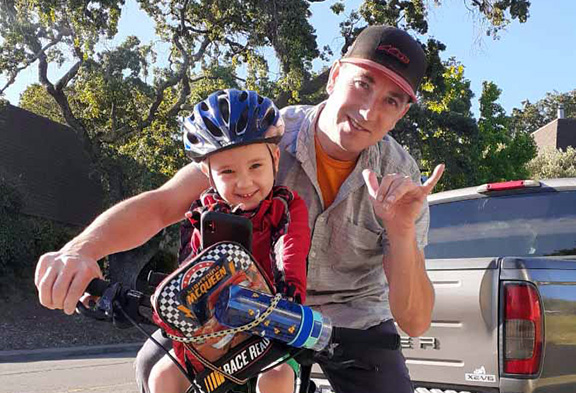
Ti Davis came to the rescue of the Safe Routes to Schools program at Olive Elementary just when he was most needed. The program had lost all its volunteers at once and had gone six months without any encouragement events. Motivated by his friend Casey Ward, a parent volunteer at San Ramon, Titan decided to take the plunge and step up–even if he had to do it alone. “We had a great time! My first grader almost always joined me at the events. Safe Routes wasn’t active at the school when I got involved, so we made that happen,” says Ti.
Even though Ti is stepping away from the lead position, he plans to continue helping with events as much as his work schedule allows. “My youngest is starting TK at Olive next year, so I’ll be around,” he notes. “I’m happy for someone else to take the lead, though–life is busy.”
Maria Guadalupe Godoy, Olive Elementary
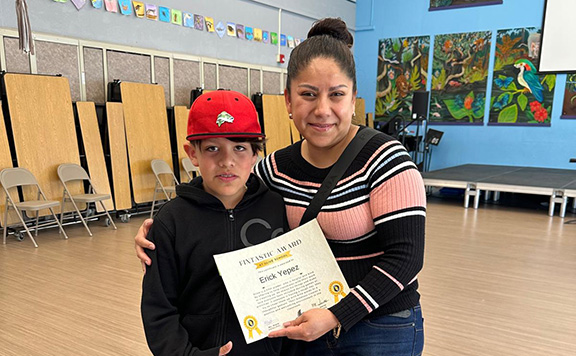
For the past year, Maria has manned Safe Routes to Schools events at the back entrance of Olive Elementary. She made sure that yellow bus riders could join the raffles and receive their incentives. Always prepared, Maria welcomed the large group, which included her own son. Maria’s youngest son is graduating and heading to middle school, so she’ll no longer be helping at Olive, but she’ll be missed by the Safe Routes team and the entire school community.
Martha Sanchez, Laurel Dell Elementary

“Martha has always been so helpful at the school!” says Laurel Dell Community Liaison Pilar Sanchez. “She’s going to be sorely missed.” That same generous spirit is what led Martha to join the Safe Routes to Schools team two years ago. Without hesitation, she jumped in–ready to make a difference. Martha looked forward to brief but meaningful conversations with the children as they arrived on campus. “I truly enjoyed teaching the students that using active transportation is a good thing,” she says.Now, as her daughter prepares to move on to Davidson Middle School, Martha is wrapping up her time as a volunteer, leaving a lasting mark on the school community.
Sindy Rivera, Laurel Dell Elementary

Not only did Sindy host all the events and contests proposed by Safe Routes to Schools in the last two years, but she also volunteered to do extra dates. For example, she felt compelled to celebrate Earth Day last April with a Walk and Roll to School Day to instill care for the environment in the students. “And that was on top of doing the Adventure Challenge, which was starting later that month,” clarifies Safe Routes’ Bilingual Coordinator Monica Leifer. Sindy loved the experience so much that she offered to continue her volunteering at Coleman Elementary, where both her children are going next year.

